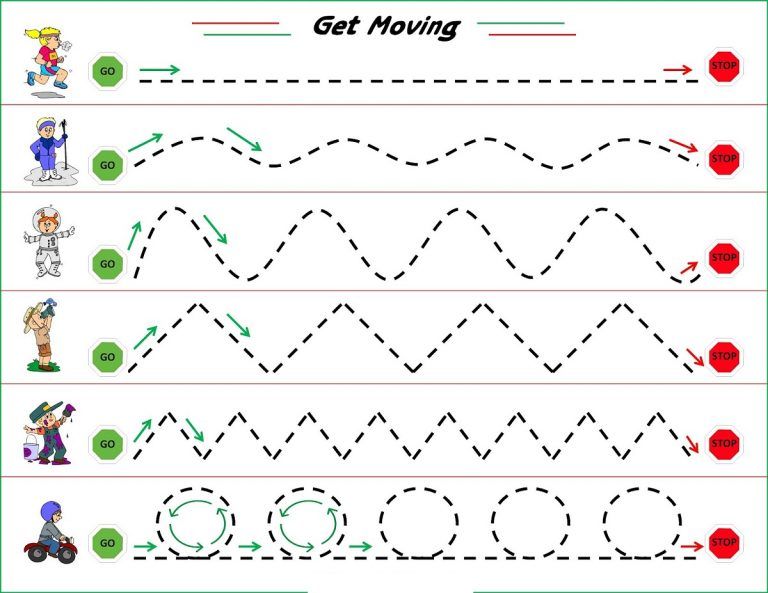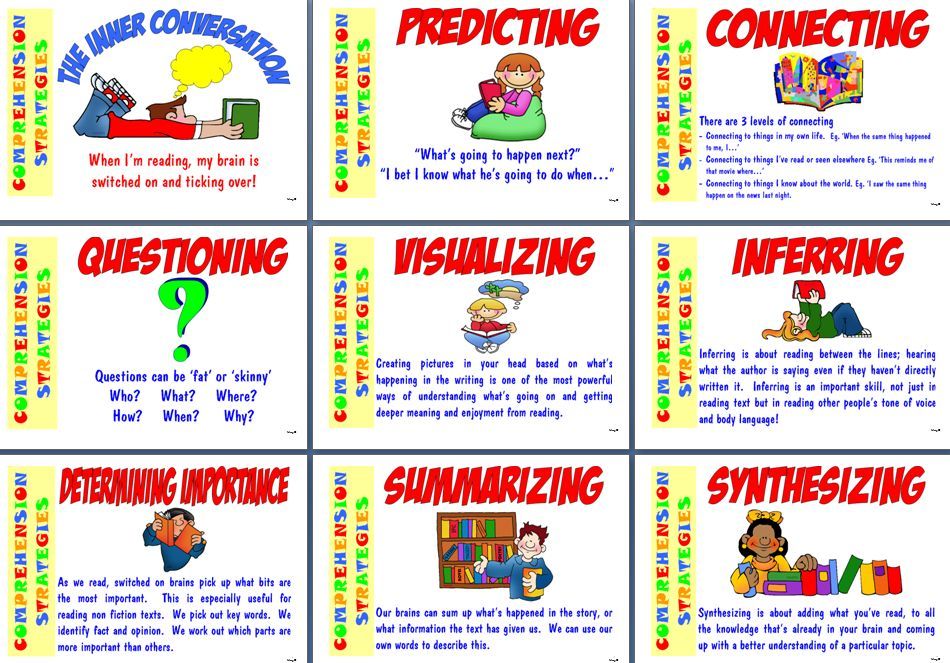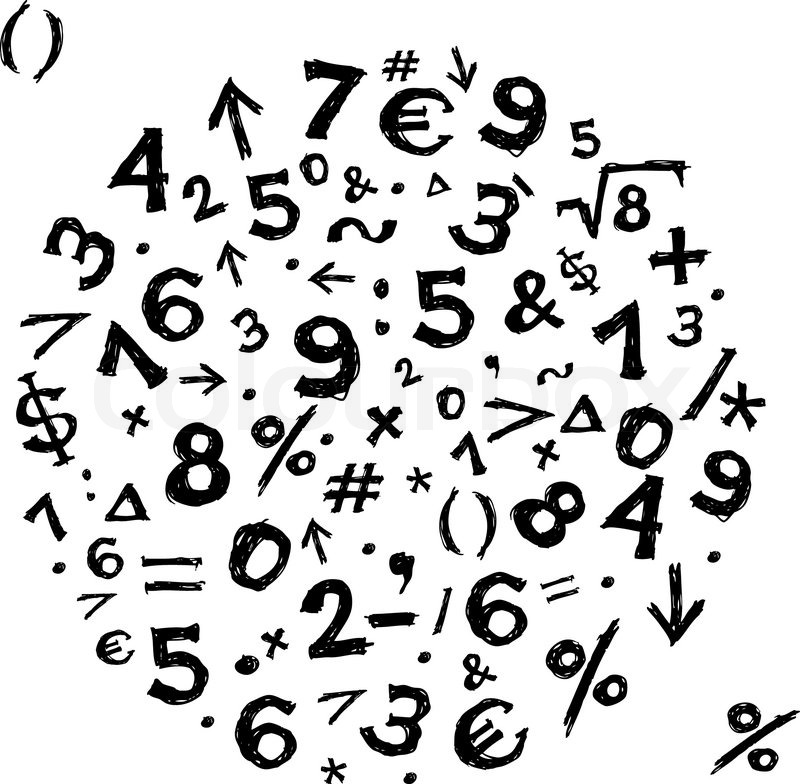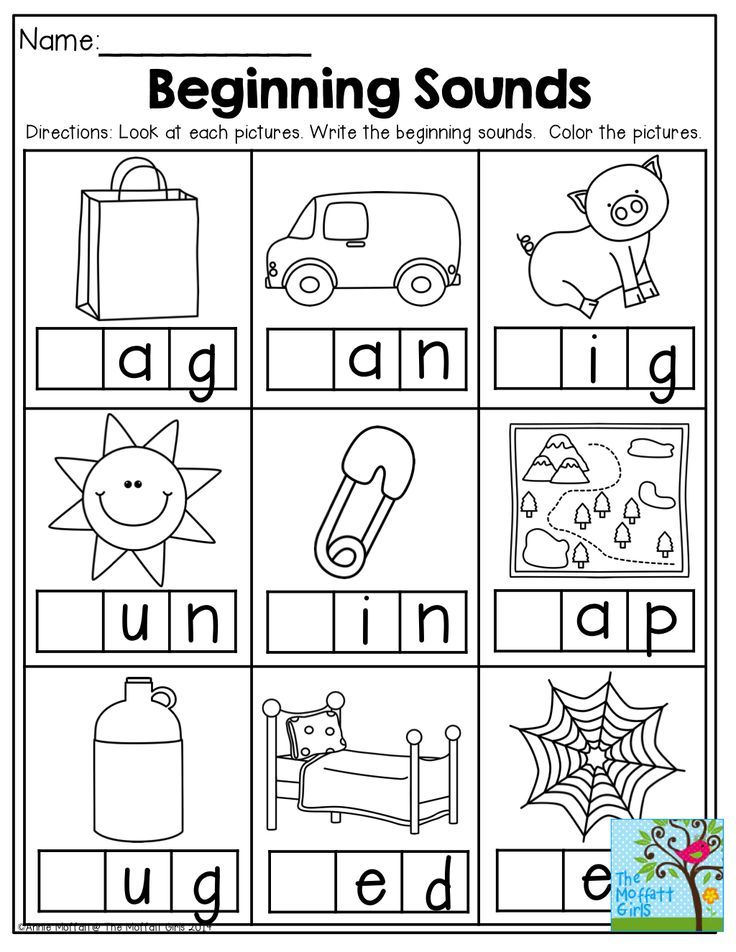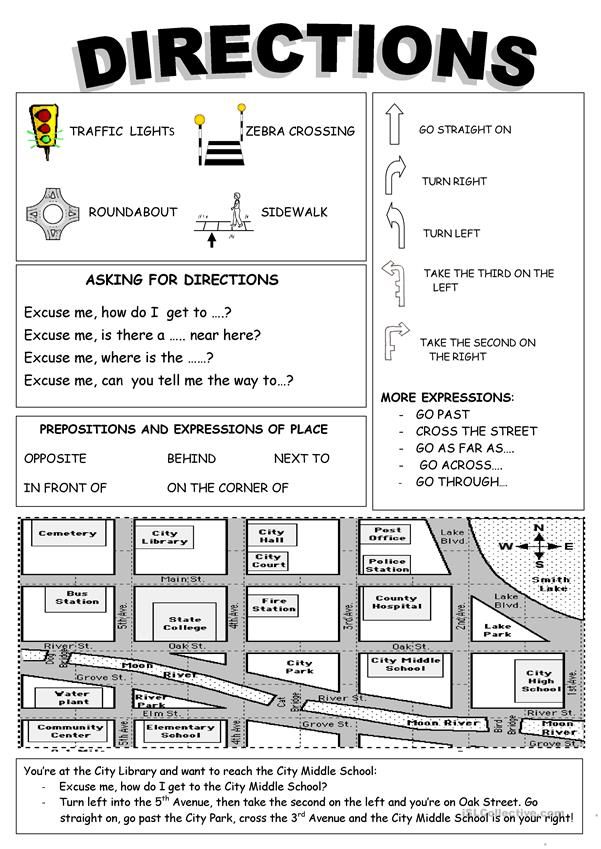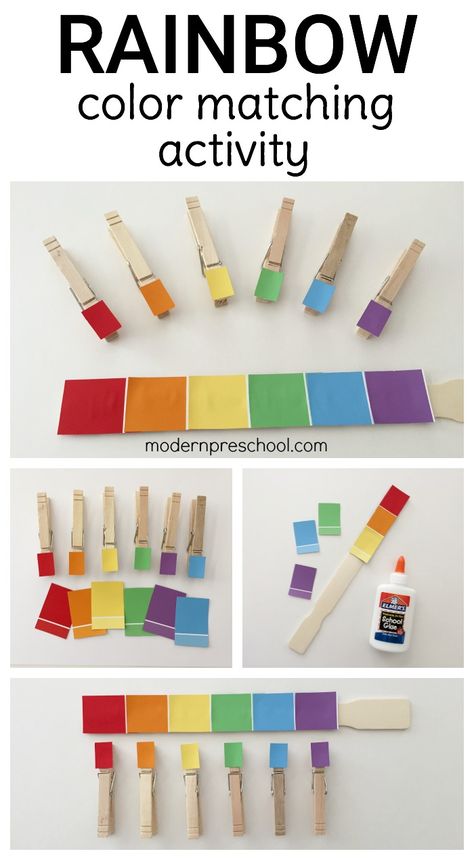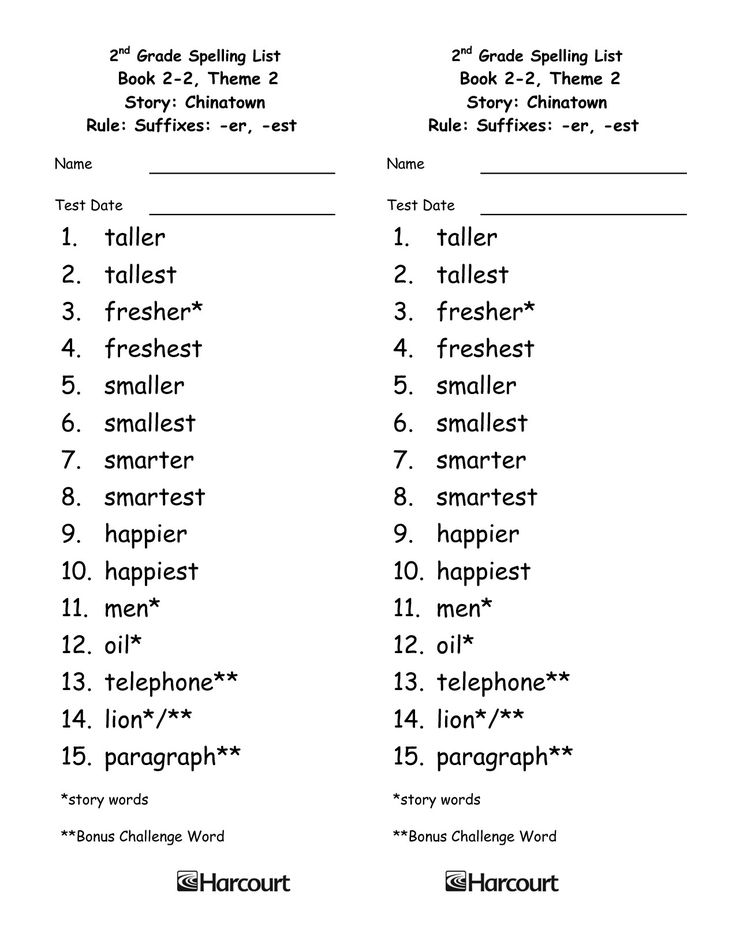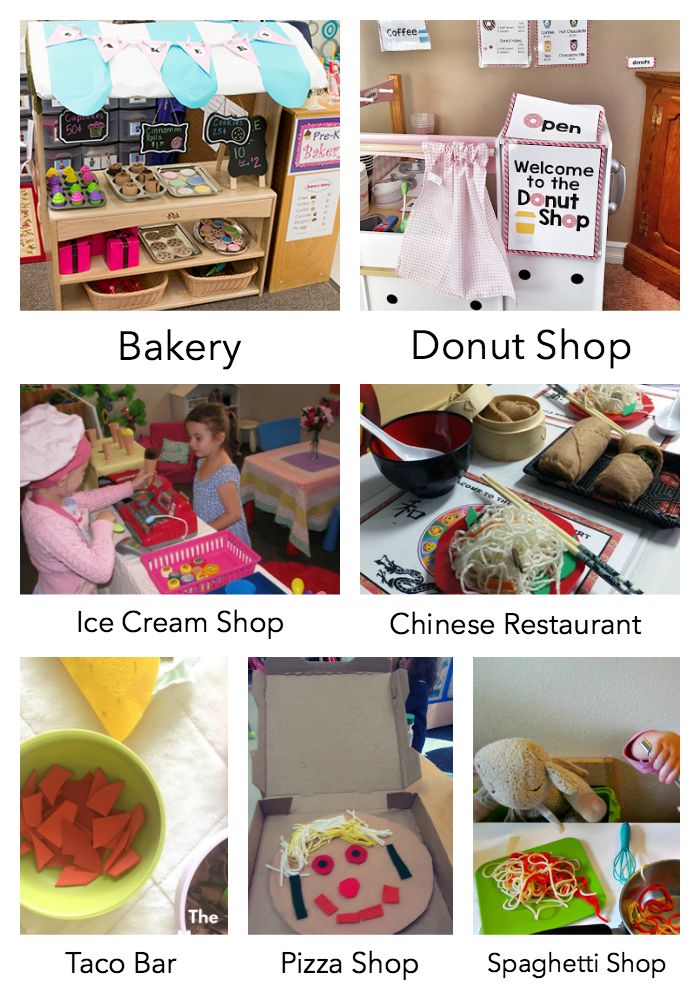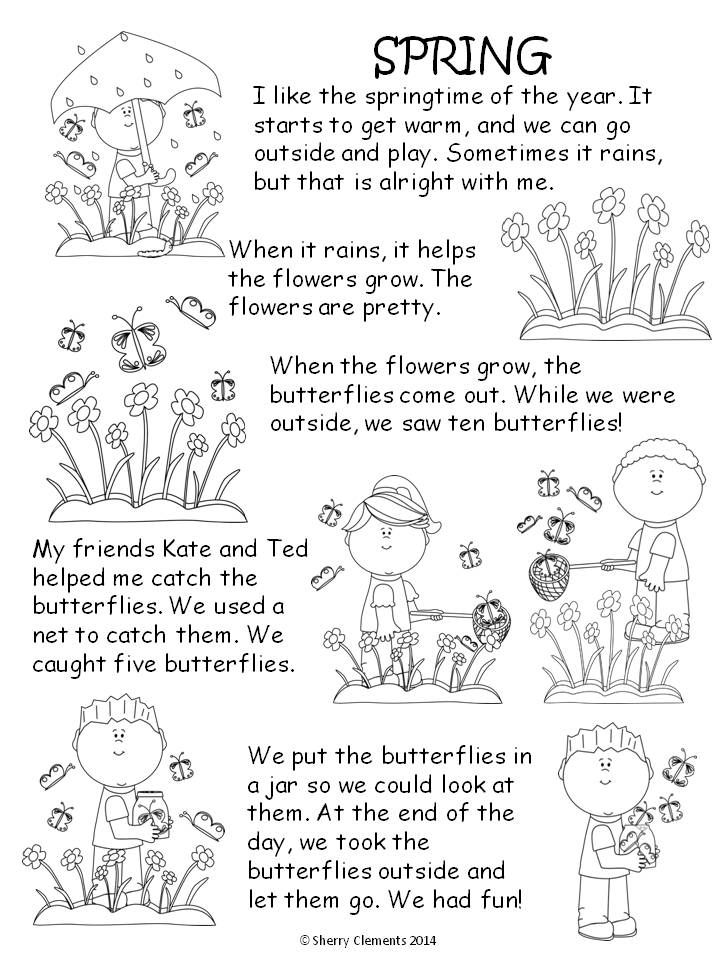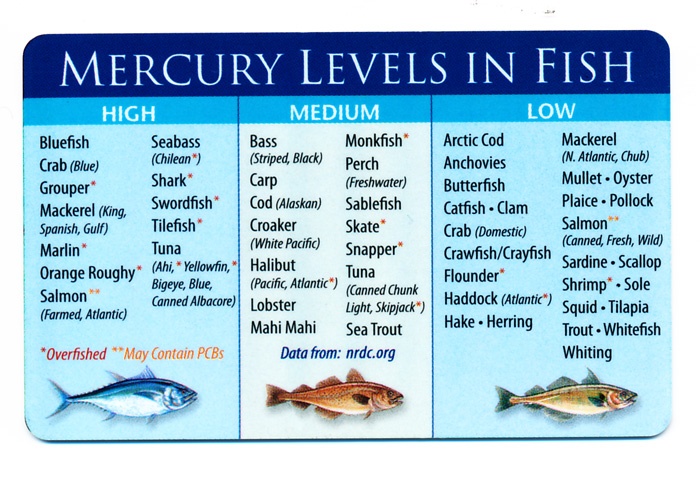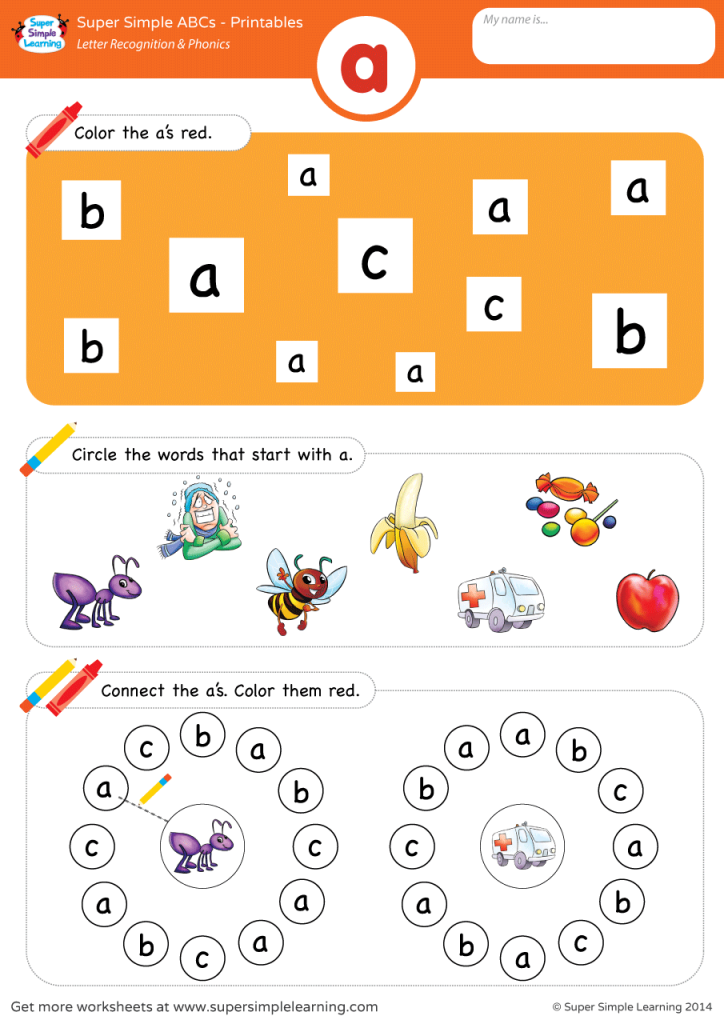Fun writing activities for kindergarten
27 Fun Writing Projects for Kindergarten
While so often we feel the pressure to push the standards, push the benchmarks, push the curriculum down to a point where we suck all the fun out of learning, we also know in our hearts what five and six-year-olds need. We know what good teaching and learning are. To that end, we’ve come up with 27 Fun Writing Projects for Kindergarten, because sometimes, you just need to shut your door and do what you know is best (and if you’re lucky – you can leave that door wide open and share it with the world).
Writing with kindergarteners and first graders is in a realm of its own – and this year that fact is even more painfully apparent. How many times have you sat through a workshop or PD focused on writing, only to have most of it not apply to you? Or dealing with people who think all of elementary can share basically the same model, rubric, or report card lines? Yeesh. We’ve all been there.
If you’re lucky, you’ve never been in that position. If you’re lucky, you’ve never felt like what you’re being asked (ahem, mandated) to do is inappropriate, asking too much of your youngest learners. Thankfully, we are good at letting people know that we are in a different world and that along with that world comes the joy of helping students recognize themselves at their earliest stages of schooling as authors. I will never forget the beginning of the year author celebrations I have held – the beaming smiles, the kids realizing that they are, in fact, authors. It is magical. 🥰
1. Nature Journaling –
These can be as simple or elaborate as you want to get – a stapled pack of papers or a fancy notebook. Regardless of what medium you use, kids LOVE to be outside. Why not incorporate nature into writing? Journal the changing seasons, observe your schoolyard and write five senses poetry, or simply partake in an, “I notice, I wonder, It reminds me of,” activity. Don’t think you have nature in your schoolyard? You’d be surprised at what your students can find.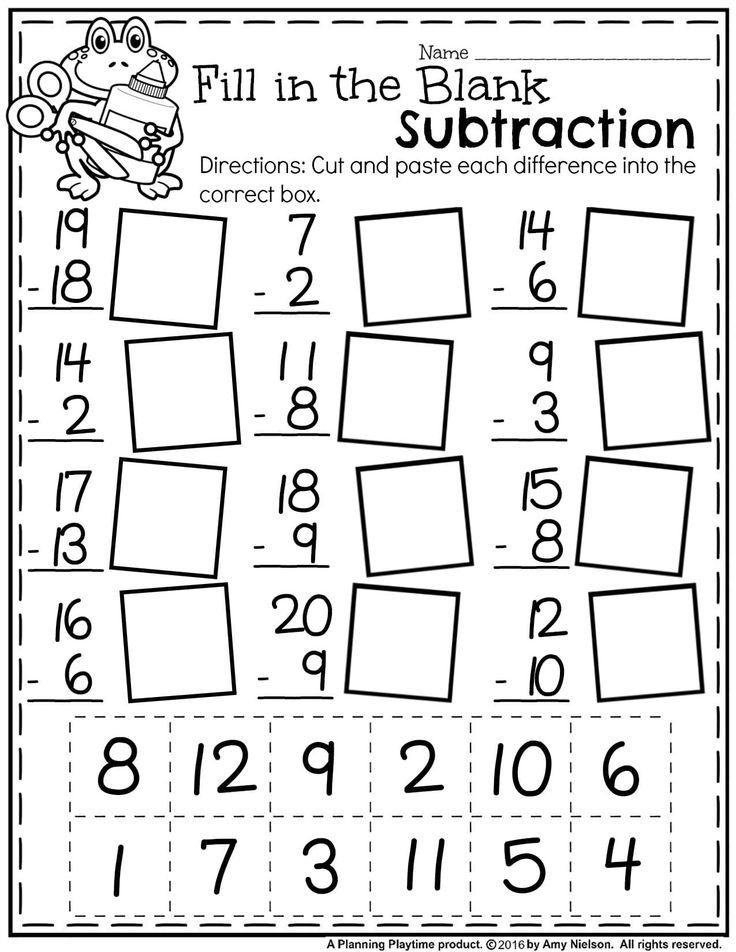
Project 2. Letters to Family/Pen Pals –
Letter writing is a great, purposeful activity that kids love because they get to write all about themselves while practicing writing skills. I’ve done pen pals as well as letters to a special loved one Friday of each week to which that special adult then replies (I usually save these and bind them at the end of the year as a keepsake). Don’t have time to do a weekly letter? Penpals are another wonderful option. Join a Facebook teacher group (Fearless First Grade Teachers or another one!) to make a match with a teacher in another part of the world. Bonus for this one? Students learn about what it is like to be a kid in another part of the world and with how tech-savvy we’re all becoming with distance learning, why not set up a few Zoom events between pen pals over the course of the year?
3. Lists –
Lists are fun? I can hear you now… “Are you crazy?!?” I just may be, but I think lists can be a simple, engaging way for kids to write. It is much less intimidating to write a word or two on a list than an entire piece. The lists kids can make are endless – my students were particularly fond of writing lists of kids in our class and their favorites in any category. One of the best things about list writing? It easily transfers to any number of situations and is incredibly purposeful – adults make lists all the time so this one is an easy one to have family involvement with as well. Groceries, anyone?
It is much less intimidating to write a word or two on a list than an entire piece. The lists kids can make are endless – my students were particularly fond of writing lists of kids in our class and their favorites in any category. One of the best things about list writing? It easily transfers to any number of situations and is incredibly purposeful – adults make lists all the time so this one is an easy one to have family involvement with as well. Groceries, anyone?
4. Persuasive Letters –
Kids are masters at persuasion and see a great deal of what they deem unfair in the world (sometimes rightfully so!). Help give them an outlet for their arguments by teaching them that adults will listen to them much better if they have a well thought out argument and a reason for the proposed change. My favorite thus far has to be the student that argued for an 80’s dress-up day each week. #scrunchiesandfluorescents
Project 5. Cards –
Partner up with a local nursing/assisted living home, especially now when they are on lock-down, to share the lightheartedness of children.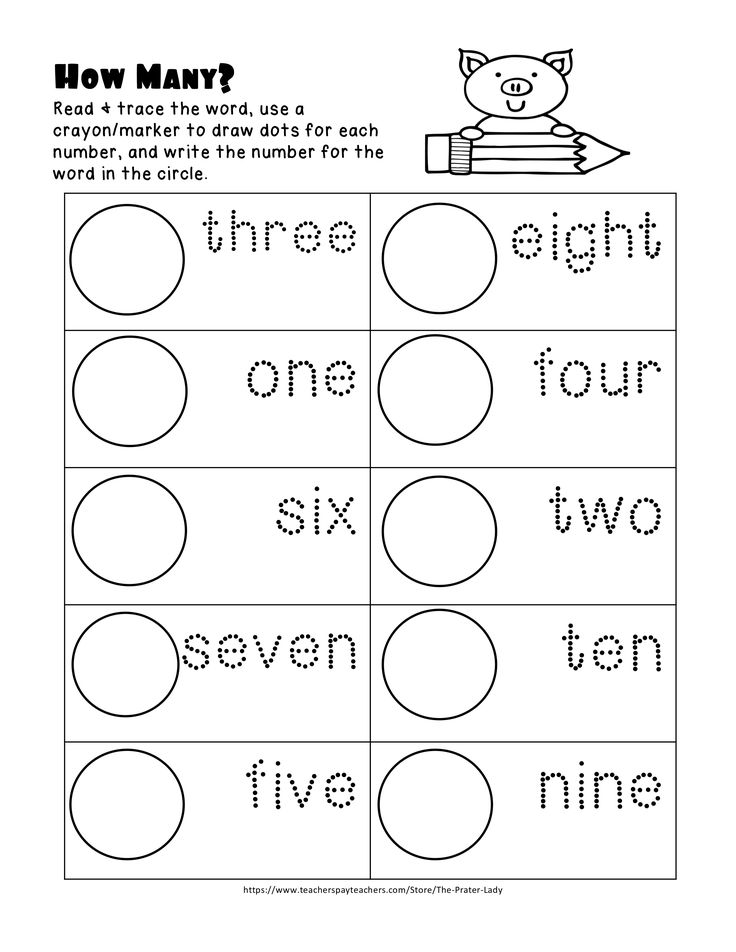 Kids can make cards for holidays or just because. Only once or throughout the year to a specific adult. What a great way to spread sunshine and kindness. Even more so if you are able to make a year-long connection (pen pal-Esque) for people who may be feeling very lonely and isolated. I mean, have you seen those videos of preschools in nursing homes? Have you read the research? The benefits abound for both groups of people!
Kids can make cards for holidays or just because. Only once or throughout the year to a specific adult. What a great way to spread sunshine and kindness. Even more so if you are able to make a year-long connection (pen pal-Esque) for people who may be feeling very lonely and isolated. I mean, have you seen those videos of preschools in nursing homes? Have you read the research? The benefits abound for both groups of people!
6. Sharing/Show and Tell –
Kids love to talk about themselves. We all know this. It is the topic they know the most about, too. Capitalize on this and use it for your sharing/show and tell time. Students are welcome to share in the manner you normally use but simply have them write their thoughts down first. (This could be done at centers or at home).
7. All About Me –
Many kindergarten classrooms have an all about me or star student routine. Simply extend this to have students make a mini-book all about themselves.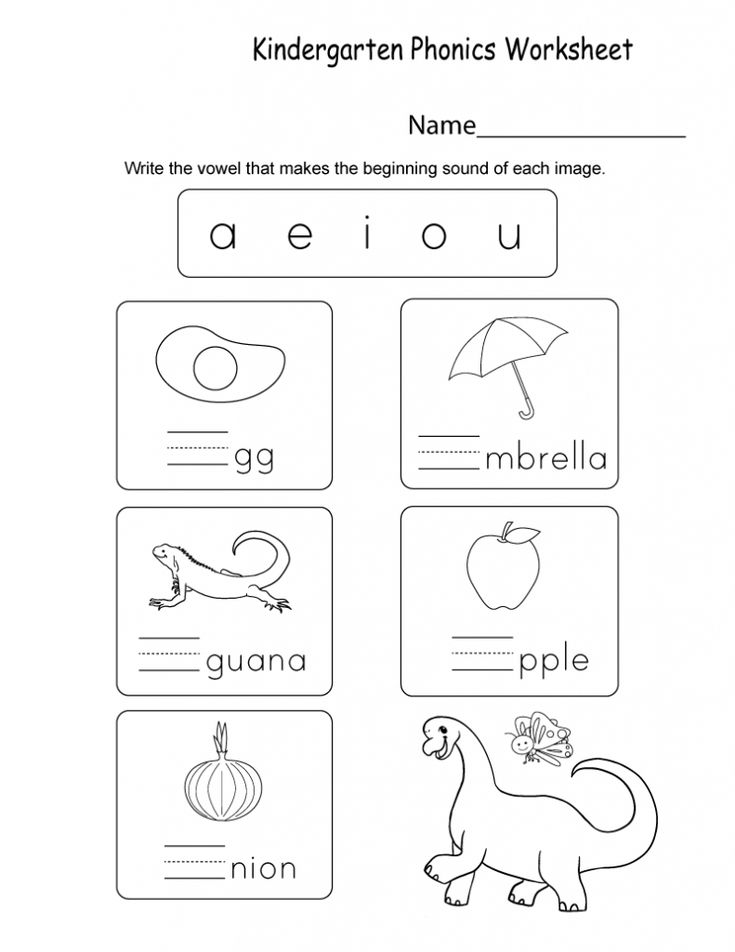 After their sharing day/week, add this book to your classroom library for kids to read (you may want to have the student dictate the piece to you and you add that to the page as well). Don’t want to get that in-depth? Make it a poster and hang it up in the room or by their cubby for future reference/reading.
After their sharing day/week, add this book to your classroom library for kids to read (you may want to have the student dictate the piece to you and you add that to the page as well). Don’t want to get that in-depth? Make it a poster and hang it up in the room or by their cubby for future reference/reading.
Project 8. Partner Compare and Contrast –
Compare and Contrast with a Partner, helps kids recognize what is the same, and different about them is so beneficial. I like taking large construction paper and making a modified T-chart or Venn diagram. After modeling, pair up kids who may seem very different from each other and have them talk and write together how they’re the same and how they’re different. This one does double duty and has the huge added bonus of community building!
9. Classroom Cookbook –
Take your pick on the theme. This is a hilarious writing project that can be created as a gift to families/loved ones. (Who are sure to love it as well).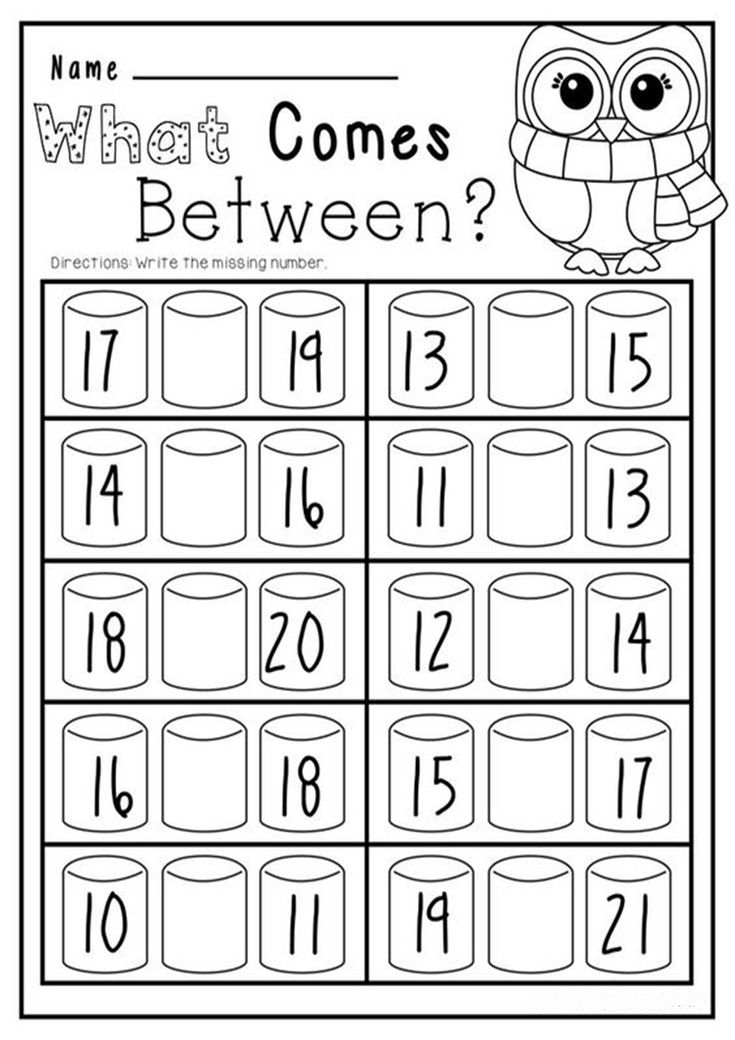 I’ve done this one around Thanksgiving, but you could really do it anytime. Have kids pick their favorite foods and write their recipes for what is included and how to cook them. A great activity to participate in after reading Stone Soup or another book about cooking.
I’ve done this one around Thanksgiving, but you could really do it anytime. Have kids pick their favorite foods and write their recipes for what is included and how to cook them. A great activity to participate in after reading Stone Soup or another book about cooking.
10. Pattern Books –
This is a fun reading extension for kids with their favorite picture books. It can be done as a whole group, interactive writing activity (with something like Seven Fat Cats by Joy Cowley) or you could have each student do their own page and bind it together for a classroom book (with something like Snowmen at Night by Caralyn Buehner). These books are always a big hit in the classroom library and are usually the first selected during choice reading time.
Project 11. Labeling the Classroom (or House!) –
Challenge kids to label things at home and have family take photos to share (send home with index cards) – Labeling is another simple, low-level entry into writing for some of those reluctant writers.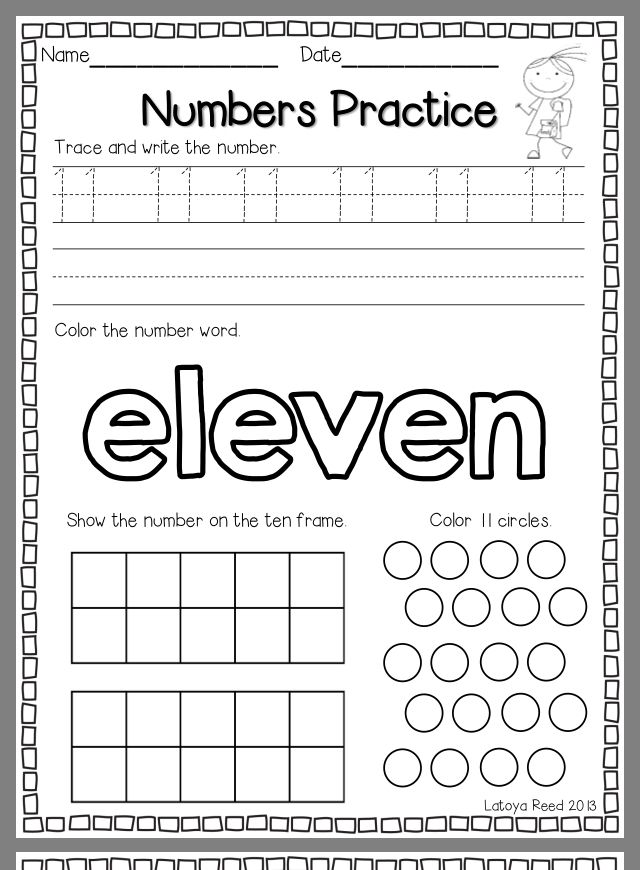 I love to start this off by having the students use post-its to label me. They giggle non-stop at my post-it laden body – but are learning at the same time (aren’t those the best times?). I’ve only been interrupted by other adults in the building a few times and they’re sure to giggle and whip out their cameras as well – so be ready for some embarrassing photos of you to circulate around the school!
I love to start this off by having the students use post-its to label me. They giggle non-stop at my post-it laden body – but are learning at the same time (aren’t those the best times?). I’ve only been interrupted by other adults in the building a few times and they’re sure to giggle and whip out their cameras as well – so be ready for some embarrassing photos of you to circulate around the school!
But seriously, labeling is a great place to practice writing – saying words slowly, hearing and recording sounds. I have done this in interactive writing as well. I would recommend putting together some scrap paper cut up into index card-sized pieces (think about all that paper that is copied wrong or only one-sided – virtual gold mine right there!) as a take-home kit or for use during centers so students can continue their labeling fun. Make it a competition and have adults at home take photos of their labels. See who can get the most labeling done in a given amount of time! Kids love a good competition (and benefit from learning how to lose gracefully once in a while).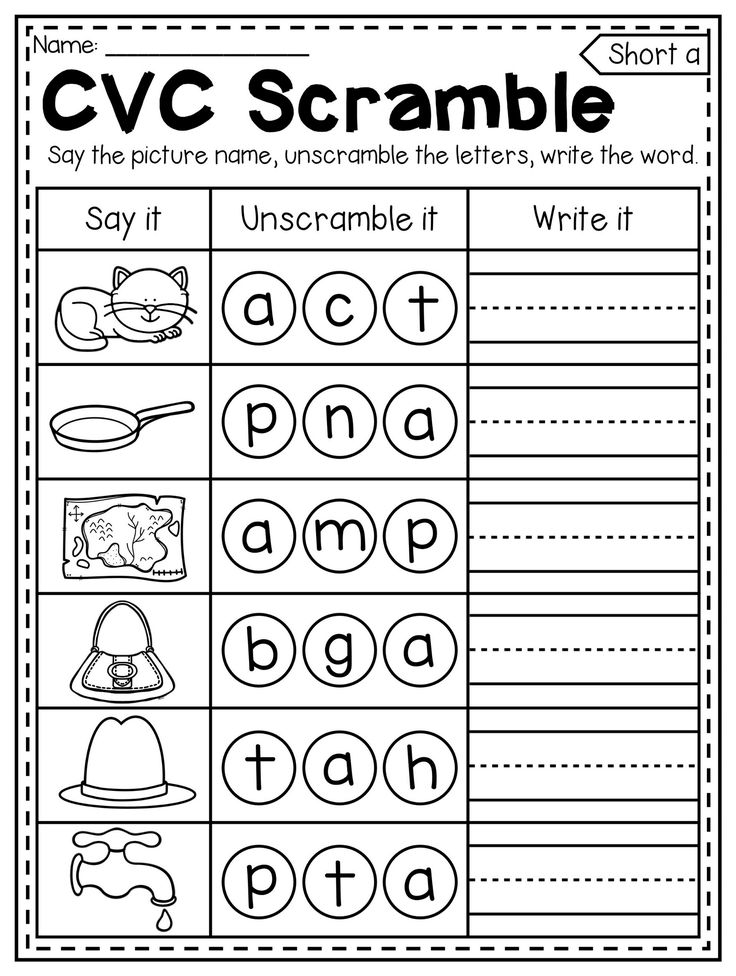
12. DIY Alphabet Chart –
Another low-entry but fun activity for kids….and when they make their own, they learn more and are more likely to use it in the future as a reference tool! You could do one together as a group during interactive writing and then have it as a center activity to work on at the beginning of the year. Once they have their personal completed chart, I like to laminate them and have them handy as a reference tool in their toolbox.
13. Gratitude Journaling –
Focusing on what you’re thankful for makes you happier – and don’t we all want our students to be happier? Help create a culture of gratitude that will span the years with easy to use sentence stems and fill in the blank. I like to make these easier at the beginning of the year and then as time goes on, increase the amount they need to write. Sight words like I and am can be traceable to start, then later on, fill in the blank. They could be a weekly or a monthly activity and make another great keepsake.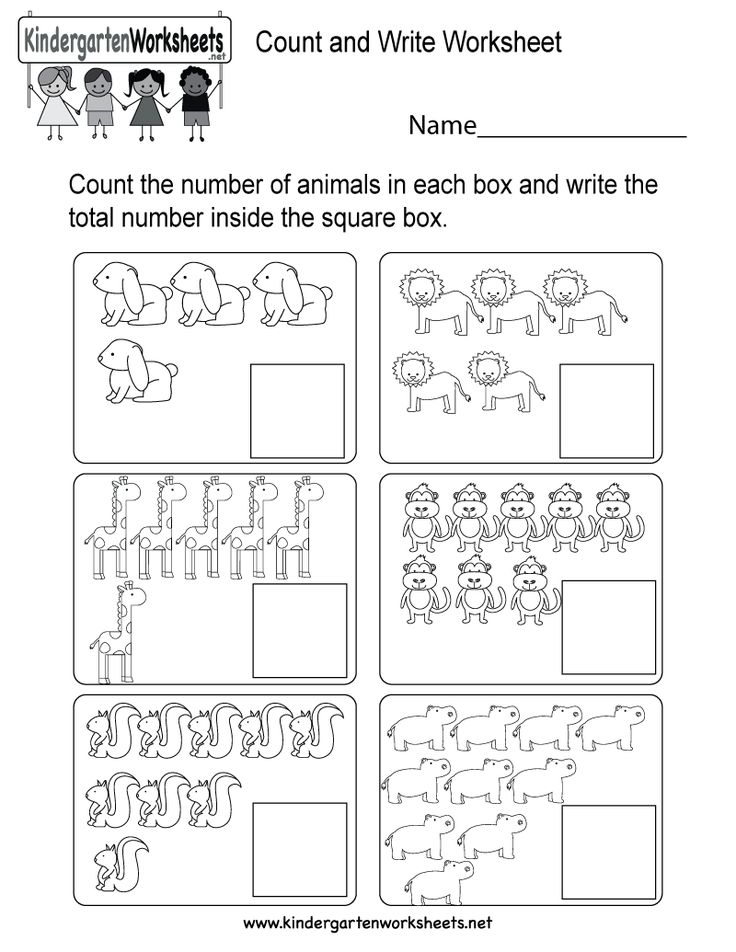
Project 14. Friendship Books –
This one gets my heart every time. I’ve taught in a few districts and at two of them, at some point, a community-building activity took place where staff gave compliments to other staff on a piece of circulating paper with their name. There’s some pre-teaching that needs to be done here, about complimenting people for their inside characteristics, not their looks, their clothes, etc…but once you’ve had some practice with that, oh… these are golden.
I recommend starting with a cardstock sheet that has the student’s picture on it and leaving scrap paper out by that. That way, you minimize the risk of ruining the entire sheet if one kid makes a big mistake or decides to write REALLY BIG (we all know that kid!). Later on, scan the scraps in and arrange them on one sheet to glue onto the cardstock (or print it all as one). Community building and seeing the good in others at its best!
15. Writing On/In Unique Materials –
Not looking for a big project, but want kids to have some fun with a quick, engaging activity practicing a phonics skill or sight words? Shaving cream, colored sand, oobleck, colorful glittery hair gel in a bag, scratch paper, glitter pens, sparkly markers, hidden message (white crayon and marker over the top later on), rainbow writing (using all the colors of the rainbow), play-doh, stamping, or chalk on the sidewalk/playground are all great ways to accomplish this! Sensory writing hits the mark with memory.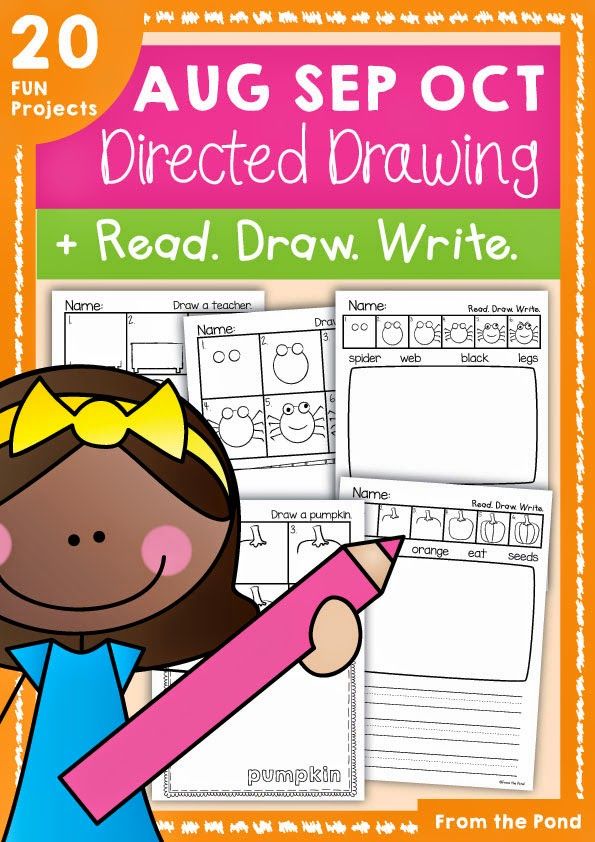 Have an easel in your classroom? Cabinets? Tables? Tape some paper up (or under in the case of the table) and have the kids do writing on these surfaces to encourage fine motor/hand muscle development (c’mon, we all know they need more of that these days)!
Have an easel in your classroom? Cabinets? Tables? Tape some paper up (or under in the case of the table) and have the kids do writing on these surfaces to encourage fine motor/hand muscle development (c’mon, we all know they need more of that these days)!
16. Word Scavenger Hunt 🔎
An easy center activity that kids love – like writing the room, but with zero prep on your part! Kids search the classroom, hallways, library, etc. (with an aide if you’re lucky enough to have one) for words and write them on clip boarded recording sheets. Get those kids moving! And who knew clipboards could make things so much more fun?!
Project 17. Little Books –
These are super simple preparation and can be used for a writer’s workshop or during centers. Just fold and staple some copy paper with lines for a title, author, and text on each page. Feel your kids out for how many pages they’re ready for at that point (start small) and model so they know what to do with them – then set them loose! These are great to share with the class when they’re done and really solidify the feeling of being an author.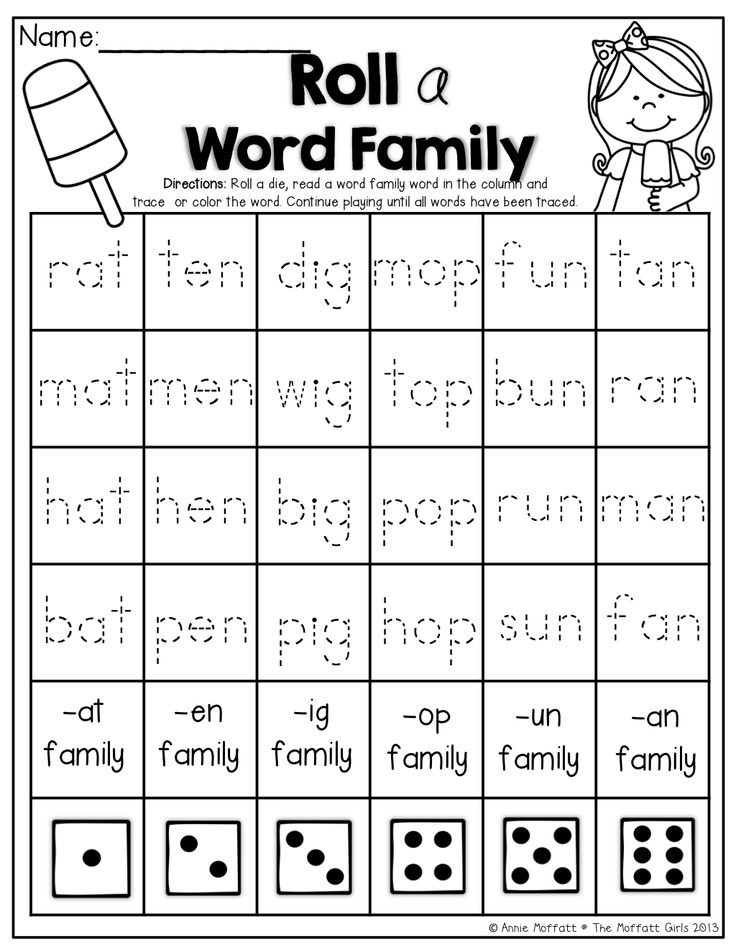
18. Change the World Thought Bubbles –
One of my favorite projects I have done with students is during January. We spend most of our school year with an underlying theme of how we can make the world a better place, so this isn’t anything new, but I link it to MLK, Jr. By January, the kids have been exposed to a number of ways they can make a difference in the world and usually have no problem coming up with ways they want to make the world better for everyone, but I still recommend brainstorming some ideas during interactive writing first.
Then, I photograph the kids in front of a simple background with their best ‘thinking’ pose and print them in black and white. I trim them, but the kids glue their photo and a thought bubble with how they want to change the world onto a large sheet of black construction paper and finally sign it with their name and age in white colored pencil (I learned the hard way – crayon melts when laminating).
19. Shadow Tracing –
This is a fabulous integration of science and writing… Check out the shadow tracing activity from PBS Learning Media or use plastic animals for kids to trace.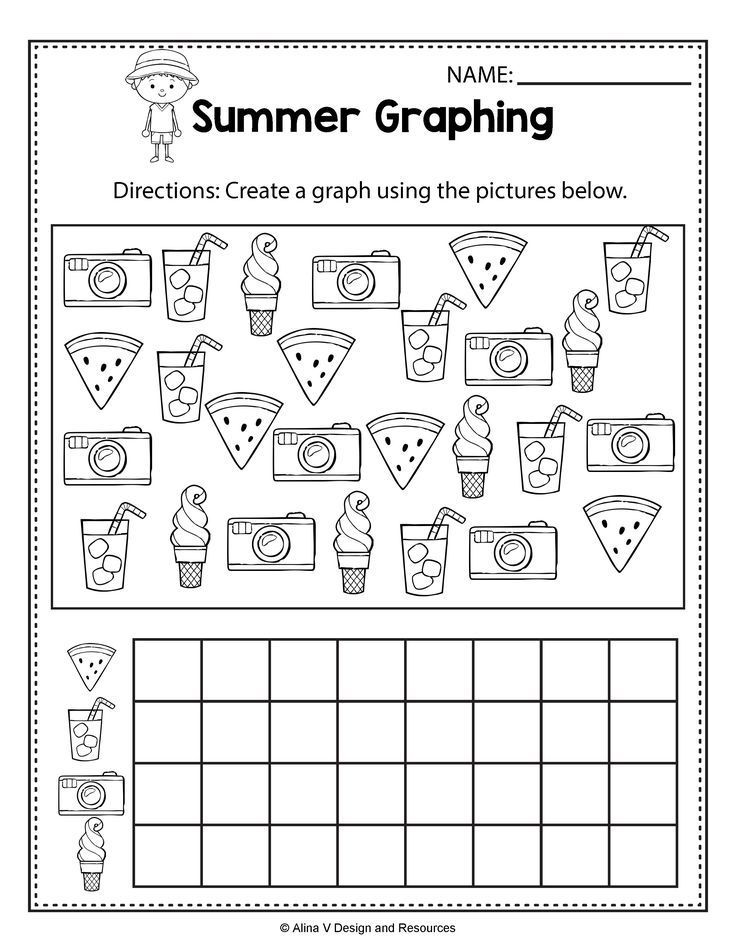 Take photographs of each stage and help kids assemble them into booklets (hello, sequencing!). Students can write about what happened each time they traced the shadow and why they think their investigation had these results.
Take photographs of each stage and help kids assemble them into booklets (hello, sequencing!). Students can write about what happened each time they traced the shadow and why they think their investigation had these results.
Project 20. Mystery Object Observations –
This is a great way to get students to practice using sensory words in their writing. Create a simple shoe-box with a hole in the side or a paper bag that has a mystery object inside. This could easily be a weekly center activity with some pre-teaching and modeling/practice during interactive writing (make sure you impress upon the kids that it isn’t about getting the ‘right’ answer to discourage peeking). Having a three-ring binder clip with sensory words on it as a reference can be a helpful addition.
21. Silly Sentences –
This engaging activity can be done with pictures or with sentence pieces. I used this as a center activity with pictures. I gathered a collection of strange photos (think gummy bears coming out of the bathroom faucet or a dog holding an ice cream cone), laminated them, and put one out a week. The students then had to come up with one asking and one telling sentence each week. Once the sentence was good to go in pencil, they could choose a glittery pen to trace over it.
The students then had to come up with one asking and one telling sentence each week. Once the sentence was good to go in pencil, they could choose a glittery pen to trace over it.
These photos could also be a story starter activity. Alternatively, I’ve done something similar with sentence pieces that the kids put together in a silly way (Think, “The dog read the weather report to the flock of seagulls.” “The teacher sang a book report for the backyard.”). Each part of the sentence is on a different color background, and the kids know they have to put them in rainbow order, not skipping any colors. Then, they write them down on their recording sheet and illustrate. These crack me up when I’m checking them and the sound of little giggles can be heard daily as they’re working…and is there anything better than little giggles?
22. Weather Report –
As a part of your morning meeting or classroom jobs, you could have a weather reporter. During soft landing time (as the kids trickle in and take care of lunch count, etc. in the morning), I would have the assigned student write a weather report for the day that they shared during the morning meeting. This can be done at a variety of levels, from circling images to writing the entire piece – depending on your students and the time of the year. Even better if you have an old blazer and fake glasses for the kids to wear while giving the weather report!
in the morning), I would have the assigned student write a weather report for the day that they shared during the morning meeting. This can be done at a variety of levels, from circling images to writing the entire piece – depending on your students and the time of the year. Even better if you have an old blazer and fake glasses for the kids to wear while giving the weather report!
Project 23. Classroom News –
An extension of the weather report can be a weekly classroom news reporter that gives their report on Friday during the morning meeting. Give them some support recording events of the week with a graphic organizer. – A sentence a day with the highlight to share is a great goal. To make it even more fun, give them some props like a desk to sit behind and a microphone. – Record it to share with families if you’re able! As with any ‘presentation’ activity, I always give my students the option to pass as some students just aren’t comfortable speaking in front of the class. Through community building, we are usually able to get everyone participating in the middle of the year, but it is always an option, never required.
Through community building, we are usually able to get everyone participating in the middle of the year, but it is always an option, never required.
24. Character Education Cards –
Interactive writing is such a great platform for kindergarteners to learn about writing. Why not use it to incorporate some of those things kids need to know that we never seem to have time in the day for anymore? Create a classroom set of character education cards, listing the trait, like sharing, with a definition and an example. Then, challenge the students to practice it for a given amount of time. Point it out whenever you or others observe it to encourage internalization of that trait.
25. Invent an Insect –
Do you teach insects in science? Did someone bring in a chrysalis or caterpillar they found? This is perfect! Give kids a jar template and have them draw a stick/leaves in the jar. Then using fingertip prints (with ink pads or a marker) have them create different insects and label them.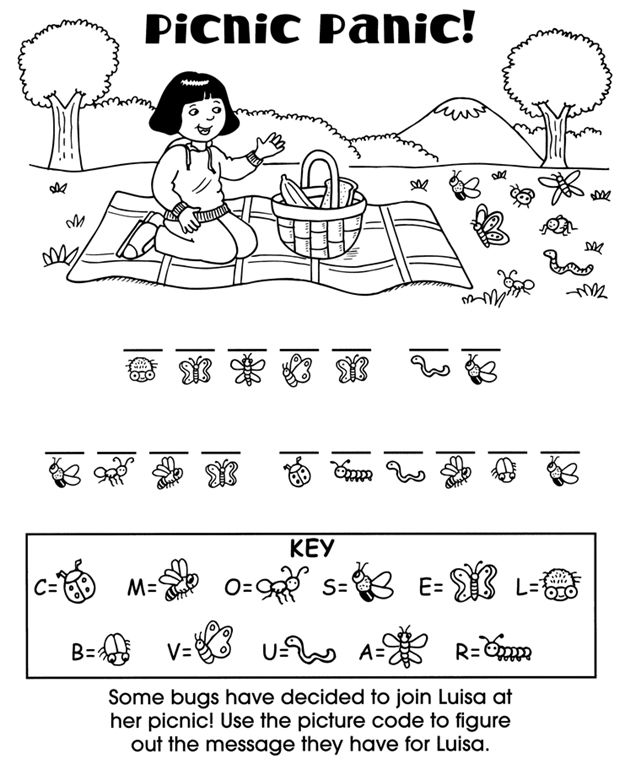 After labeling, they can write a sentence or two about their insects underneath the jar.
After labeling, they can write a sentence or two about their insects underneath the jar.
Project 26. The Eyes Are Watching –
Let kids express their creativity with this fun activity using simply a set of googly eyes! Give kids a set of googly eyes, (There are so many varieties to pick from!) and have them glue them on their paper. Starting with those eyes as the base, they draw a character (animal, human, or other) around them and write about their character. You can encourage them to base their character on different learning themes or units of study or let it be completely open-ended. This can be extended for a number of days by adding new characters to the story each day with a new set of eyes.
27. Bandaid Story –
Another low material project where kids get to write about themselves and their lives. It’s a big hit, especially as an option during centers. The students draw themselves, sticking a real band-aid on their picture in a place they got hurt at some point in their life. Then, they tell the story of how they were hurt.
Then, they tell the story of how they were hurt.
No matter what you do, we know that kids thrive when you make writing purposeful. (Why write if it is just to make your teacher happy?) Focus on what they can do and celebrate the small victories. (And make sure families understand that developmental writing is exactly what the kids should be doing right now!). Celebrate, celebrate, and celebrate some more! – By building in a sharing routine for their work, their confidence will only increase. They’ll want to write more and when they write more, they get better and enjoy it more.
If you have any Fun Writing Projects for Kindergarten that you enjoy doing in your classroom, please share them in the comments below. 👇🏼
Written by: Kristin Halverson
At Education to the Core, we exist to help our teachers build a stronger classroom as they connect with our community to find trusted, state-of-the-art resources designed by teachers for teachers. We aspire to be the world’s leading & most trusted community for educational resources for teachers.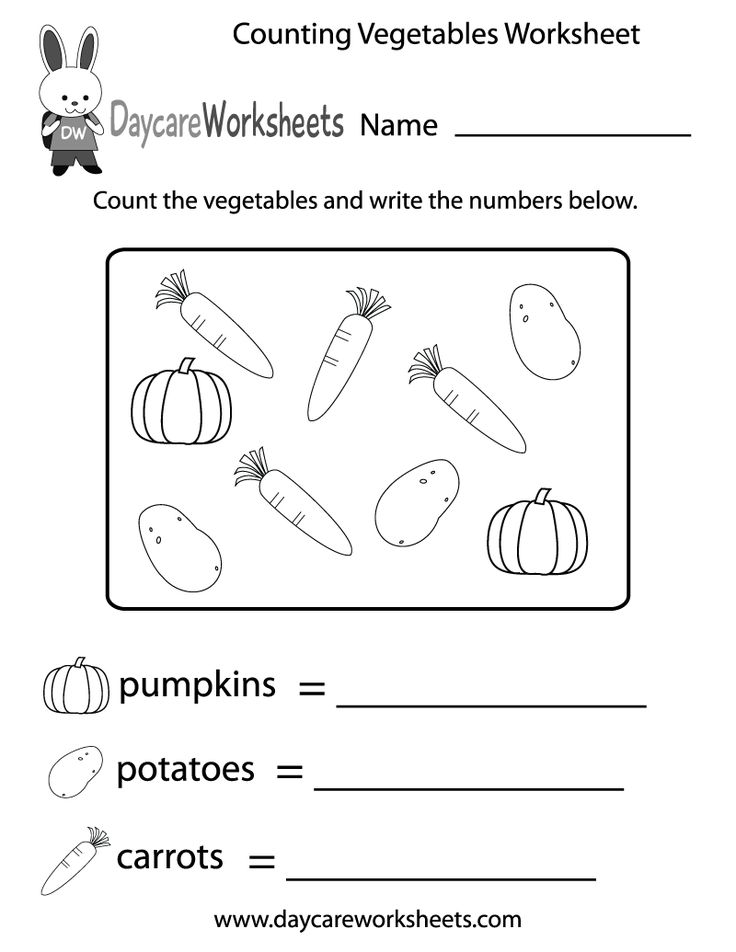 We improve the lives of every teacher and learner with the most comprehensive, reliable, and inclusive educational resources.
We improve the lives of every teacher and learner with the most comprehensive, reliable, and inclusive educational resources.
If you enjoyed what we have to offer at ETTC, be sure to join our email list, so you won’t miss a beat.
Comments
comments
Writing Activities for Your Kindergartener
Kindergartners are often enthusiastic writers and they will weave writing activities into their play. Provide budding writers with experiences that give them something to write about. Invented spelling is normal at this age, as children are translating the sounds of spoken words into writing.
Children at this age can read their own writing and should be encouraged to read aloud!
Young children often mirror what they see around them: adults and older children writing lists, letters, text messaging. So make sure your child sees you writing! And talk about why you are writing about your writing so your child begins to understand why writing is important and the many ways it can be used.
Don't correct spelling and handwriting at this stage. Child specialists say “invented spelling” is just fine. Your role is to make writing fun and purposeful.
Invented spelling: your child’s first writing
This video is from Home Reading Helper, a resource for parents to elevate children’s reading at home provided by Read Charlotte. Find more video, parent activities, printables, and other resources at Home Reading Helper.
What does kindergarten writing look like?
Try these writing ideas at home
Label it
Young children love to name things! Ask your child to write out labels for the rooms and objects in your house.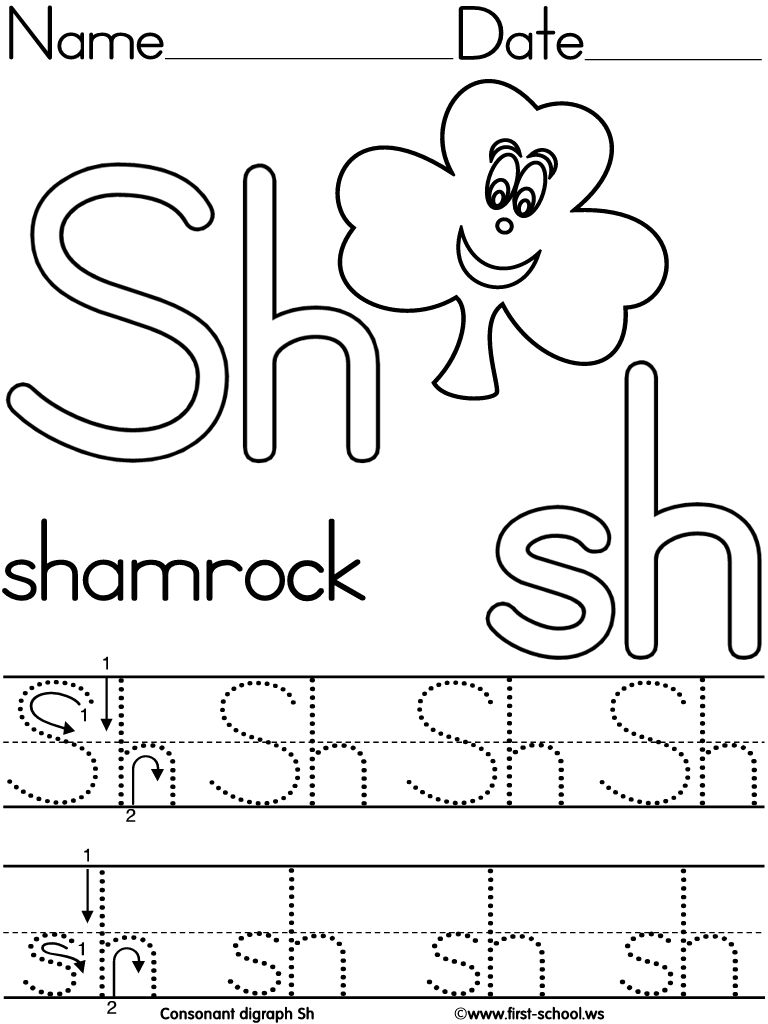 Don't worry about invented spellings! Help your child safely tape them up for temporary display. See a real-life example in this blog post, Using but confusing, with laundry.
Don't worry about invented spellings! Help your child safely tape them up for temporary display. See a real-life example in this blog post, Using but confusing, with laundry.
List maker
Ask your child to help you make a grocery list or a "to-do" list for weekend chores. Your child can dictate the list as you write, to model the process. Then switch roles, and ask your child to write the list as you dictate.
Family letters
Help your child write letters to relatives and friends. These may include thank you notes or just a special note to say hello. Be sure to send your child a letter or card once in awhile too so that she is reminded of how special it is to get a letter in the mail. And consider finding a pen pal for your child.
Family stories
Ask your child to draw a picture of a family activity and then write a sentence about it below the picture. Encourage your child to say the sentence and write letters to match the sounds in each word. Then have your child read what she wrote.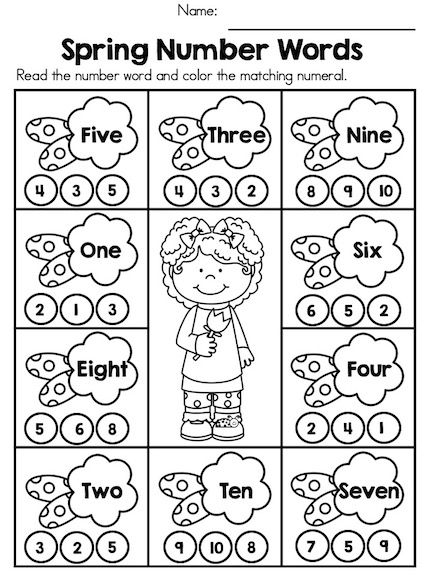 Display the story on the refrigerator or a bulletin board — and celebrate the work!
Display the story on the refrigerator or a bulletin board — and celebrate the work!
First stories
Ask your child to tell you simple stories as you write them down. Copy the story as your child tells it, without making changes. Ask her to clarify anything you don't understand. Soon, your child will be writing her own stories. Here's a wonderful example of a story by a 5-year-old in the blog post, I like Writer's Workshop.
Author's chair
Identify a special "author's chair" in your home. That's where your child can sit and share out loud something she has written. Be an enthusiastic listener! This shows your child that others want to hear about her thoughts and ideas.
Reader's theater
Encourage your child to read her stories out loud. Listen carefully with patience, and give positive feedback about her ideas and her writing!
Bookmaker
Turn your child's writing into books! Paste her drawings and writings on pieces of construction paper. For each book, make a cover out of heavier paper or cardboard, and add special art, a title, and her name as author. Punch holes in the pages and cover, and bind the book together with yarn or ribbon.
For each book, make a cover out of heavier paper or cardboard, and add special art, a title, and her name as author. Punch holes in the pages and cover, and bind the book together with yarn or ribbon.
Field notes
Encourage your child to take notes on trips or outings, and to describe what she saw, using all of her senses. This could include a description of a walk outside, a ride in a car or a bus, or other events that lend themselves to note taking.
Message board
Hang a family message board in the kitchen and leave notes there for your child. Encourage your child to write a message back and post it to the board.
Reading supports writing
Read books together! Early and frequent exposure to letters, sounds, words, and stories helps kids learn to read and write.
Talk about vivid words
As you read to your children, point out things the book author did to make the book so fun to read. "Wow! Listen to how the author describes the ocean.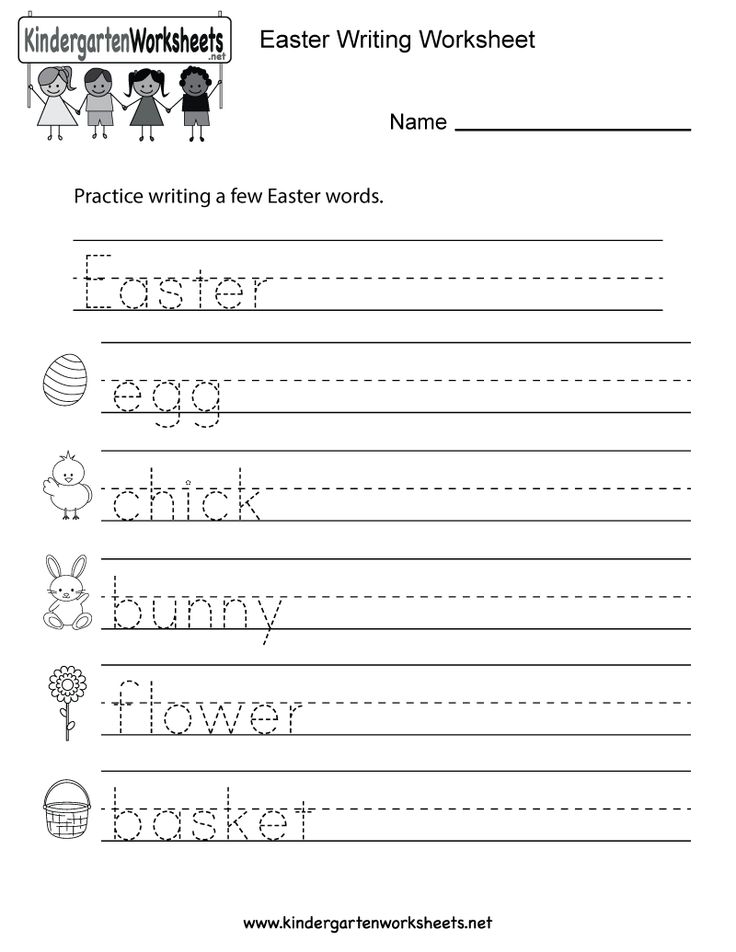 Don't those words make you feel like you're back jumping over waves?"
Don't those words make you feel like you're back jumping over waves?"
Get your kindergartner writing!
This video is from Home Reading Helper, a resource for parents to elevate children’s reading at home provided by Read Charlotte. Find more video, parent activities, printables, and other resources at Home Reading Helper.
More writing resources
Innovative activities of the kindergarten
Innovative activities of the kindergarten
Educational program of the preschool educational institution (basic and optional)
two parts: the main and the part formed by the participants in educational relations (often called variable part) .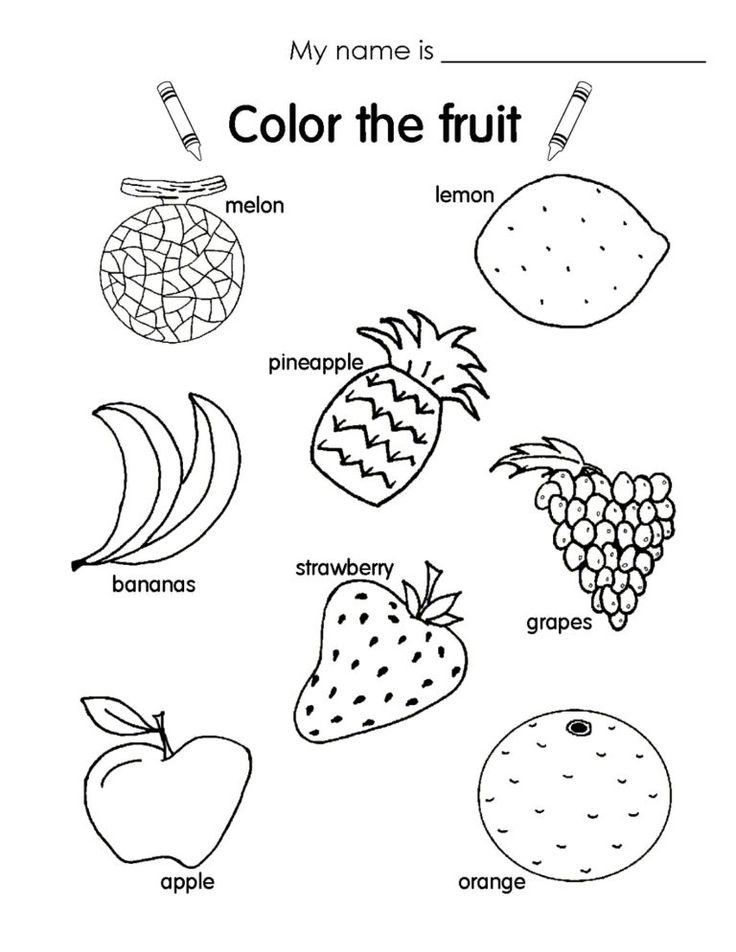
Variable part is not a separate document in the Program, but a part of each section (target, content and organizational). For the convenience of working and evaluating the Program, it is recommended to draw it up from a new page, highlighting the name of this part. To create a variable part of the Program, it is necessary to take into account the educational needs, interests and motives of pupils, their families and teachers, and in particular:
1. the specifics of national, socio-cultural, economic, climatic conditions in which the educational process is carried out;
2. selection of those partial programs and forms of organization of work with children that best meet the needs and interests of the pupils of the Organization, as well as the capabilities of its teaching staff;
3. supporting the interests of the teaching staff of the Organization, the implementation of which corresponds to the goals and objectives of the Program;
4.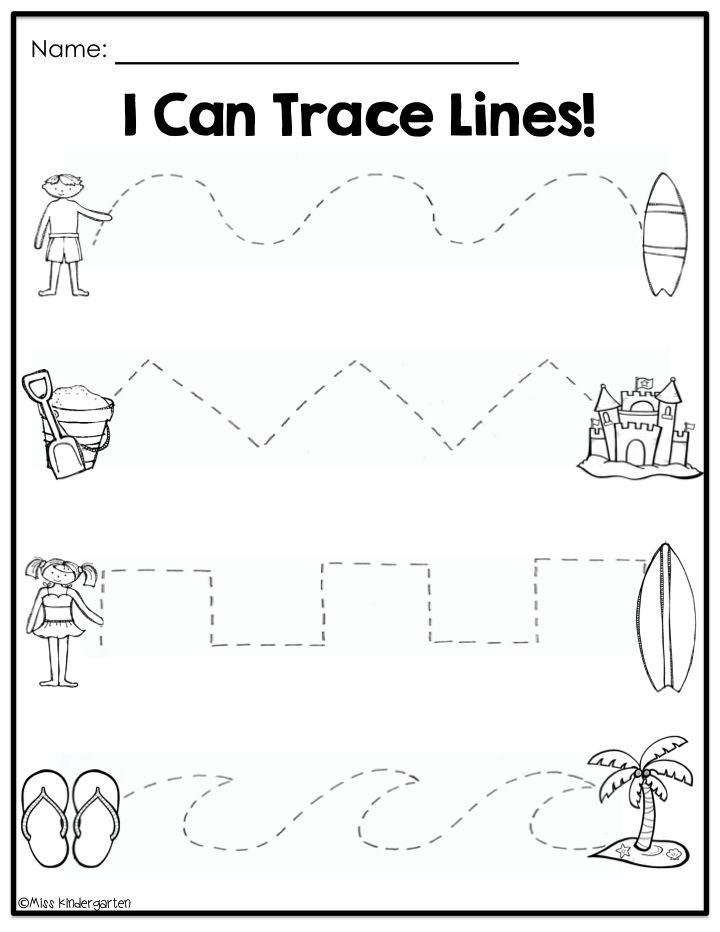 established traditions of the Organization.
established traditions of the Organization.
Therefore, at the initial stage of creating this part of the Program, it is necessary to carry out monitoring taking into account the educational needs, interests and motives of pupils, their families and teachers. Namely:
1. To study the results of a diagnostic examination of pupils for the past period, which will give an idea of the children's assimilation of the knowledge system, their needs, interests, development of motivation. (Conducted by teachers - educators, a teacher-psychologist of a preschool organization, a senior educator).
2. Conduct questionnaires and surveys among parents pupils and members of their families in order to identify their educational needs regarding their children, the interests and motives of the pupils' parents as members of the educational process, or take into account the results of such a survey for the previous academic year.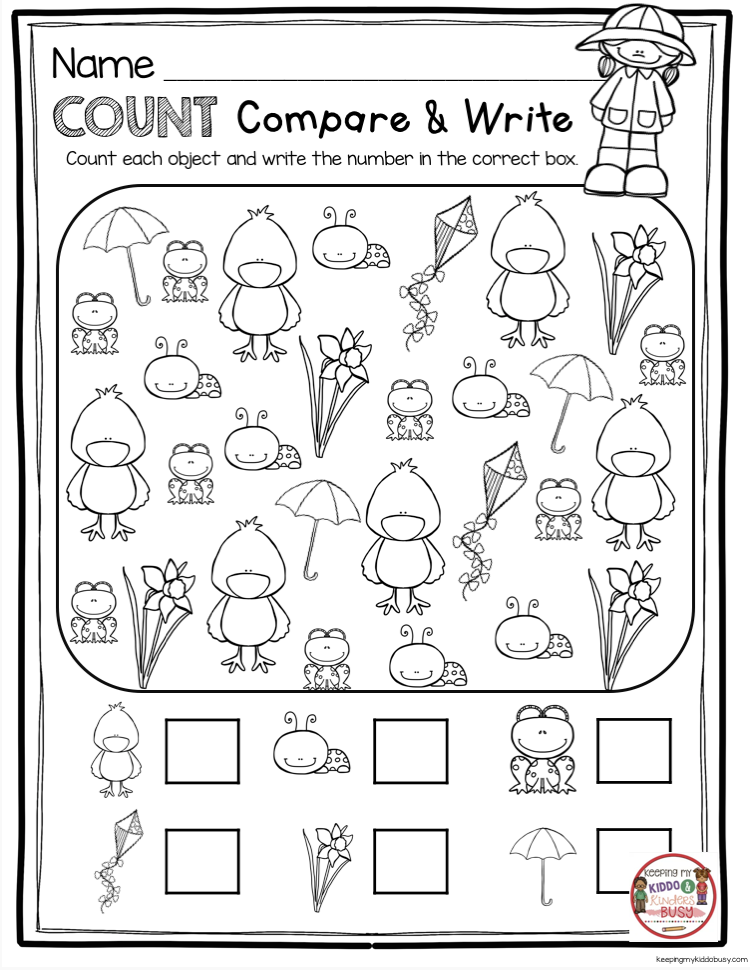
3. Determining the possibilities of the surrounding macrosociety and using it in the process of upbringing and education of the child. How can interaction be organized between an educational institution and institutions of culture, education, etc.
At the next stage, it is necessary to select several educational programs of various directions from among partial or created independently by an educational organization and meeting the requirements of all participants according to their needs and motivation. An important addition: all copyrighted and modified programs implemented in the institution must comply with the Federal State Educational Standard of DO (for this they must pass an examination at the regional or municipal level). To discuss the selected programs, it is important to involve not only teachers, but also parents.
For the implementation of the selected programs, it is necessary to determine the forms of organization of work with pupils.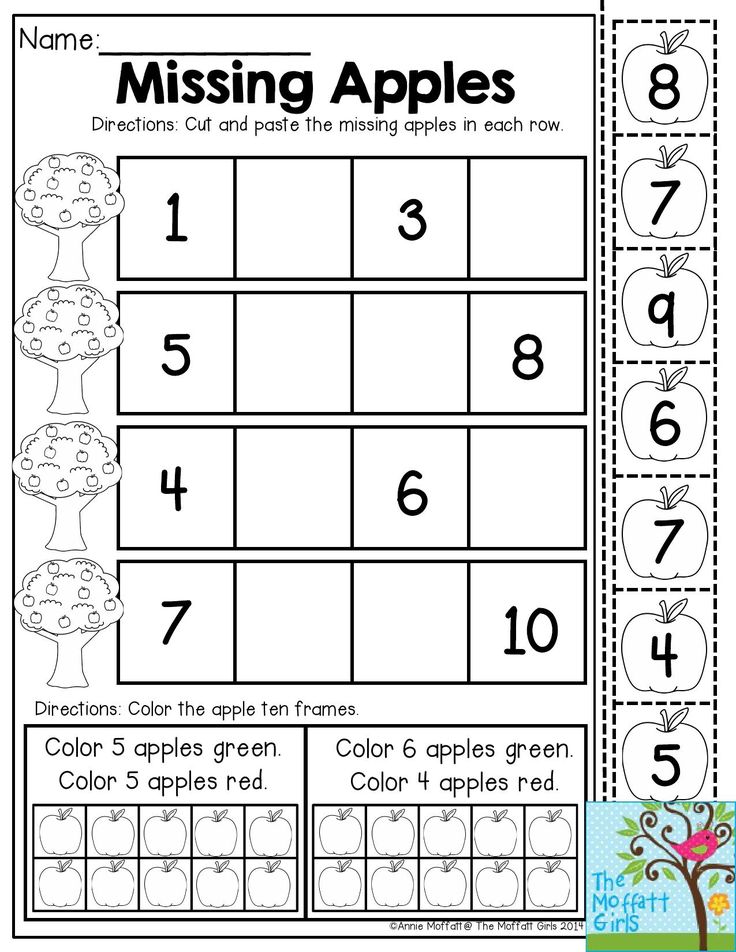
Next, the actual writing of a part of the program is carried out, taking into account the selected programs and forms of organizing work with pupils.
As you know, parts of the program are distributed as follows : 60 by 40. That is, the mandatory part of the Program should take 60% or more, and the variable part - 40% or less. The distribution is carried out according to the time of implementation and is considered as a whole for the academic year. But if a preschool organization creates several Programs for work (taking into account different types of groups, based on various exemplary educational programs, then this ratio may change. So for groups of a general developmental orientation, this ratio will be optimal, and for groups of a compensating orientation, the ratio may be 80 to 20 , and for the group of short stay - 90 to 10. Of course, this should already be decided by the teaching staff specifically for their organization, since such an opportunity is provided by the Federal State Educational Standard of Education, clause 2.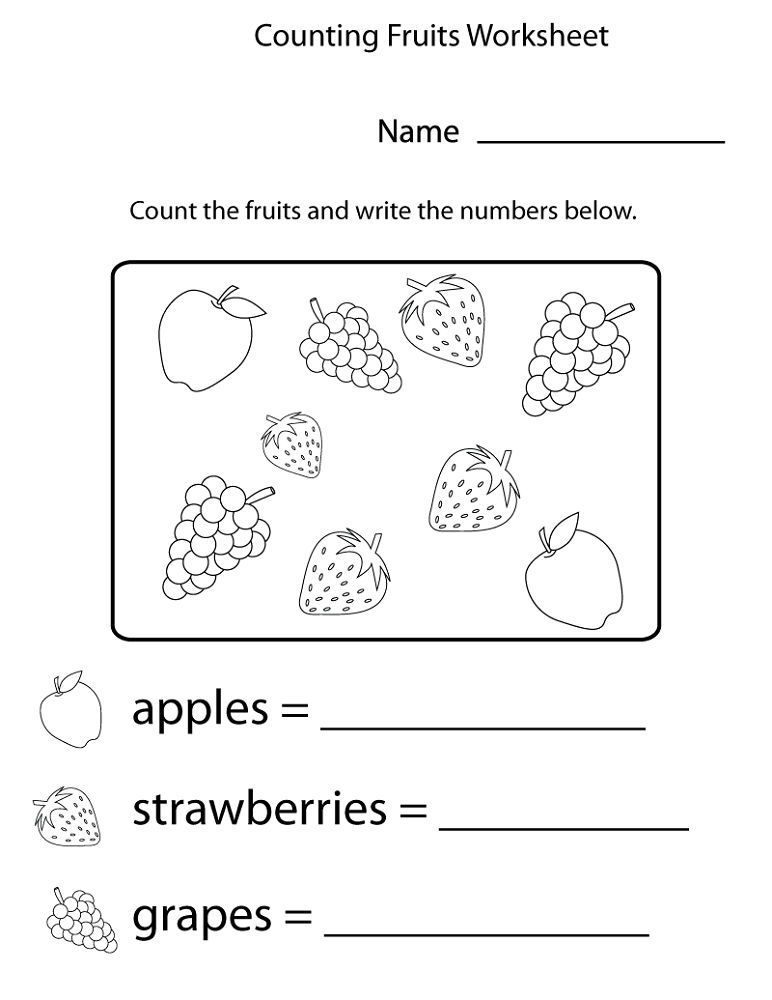 10.
10.
As part of the Program formed by the participants of educational relations , you can issue it in accordance with clause 2.11. FOS DO in the form of links to the relevant methodological literature, which allows you to get acquainted with the content of the partial programs, methods, forms of organization of educational work selected by the participants in educational relations.
Thus, the work on compiling the variable part of the Program requires a lot of in-depth and long-term work of the entire teaching staff of the organization.
The staff of our preschool (under the control of the Governing Council) conducted a survey among parents. The results of this survey and conclusions will be presented on the DOE website on the structural page "Innovative activity".
Currently, the kindergarten is exploring the possibilities and material and technical base for the implementation of programs that received the most votes from the parent community.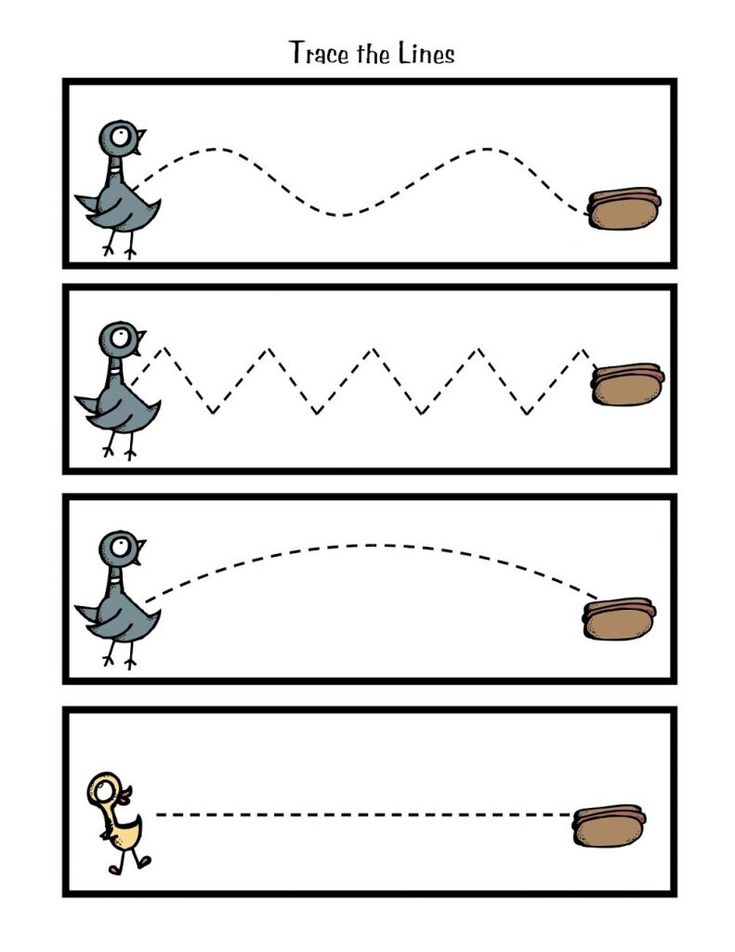 It is planned to conduct a survey among teachers, create a creative group to write a variable part of the educational program of the preschool educational institution and, based on the results of the work, begin its implementation.
It is planned to conduct a survey among teachers, create a creative group to write a variable part of the educational program of the preschool educational institution and, based on the results of the work, begin its implementation.
In the 2015-2016 academic year, the teaching staff of the preschool educational institution uses elements of the Shchetkin A.V. "Theatrical activity in kindergarten", which includes the following areas:
- Theater game
Theatrical game is a historically established social phenomenon, an independent type of activity, characteristic of a person.
- Rhythmoplasty
Rhythmoplasty includes complex rhythmic, musical, plastic games and exercises designed to ensure the development of natural psychomotor abilities of preschoolers, freedom and expressiveness of body movements, gaining a sense of harmony of one's body with the outside world.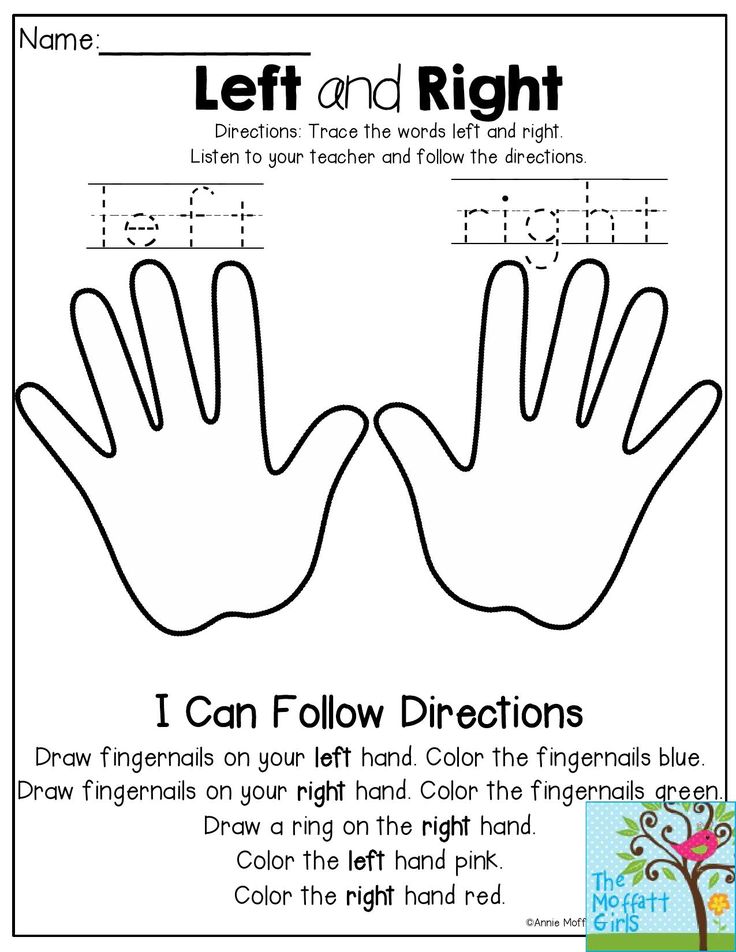
- Culture and technology of speech
This section of the work combines games and exercises aimed at developing breathing and freedom of the speech apparatus.
- Fundamentals of theater culture
This section of the work is intended to acquaint children with elementary concepts, professional terminology of theatrical art (features of theatrical art; types of theatrical art, the basics of acting; the culture of the audience).
- Work on the play
Work on the performance is based on author's plays and includes acquaintance with the play, fairy tale, as well as work on the performance - from etudes to the birth of the performance.
"Entertaining mathematics in kindergarten"
Entertaining mathematics in kindergarten.
Currently, subject to the introduction of federal state educational standard for preschool education targets have changed at the stage of completion of preschool education.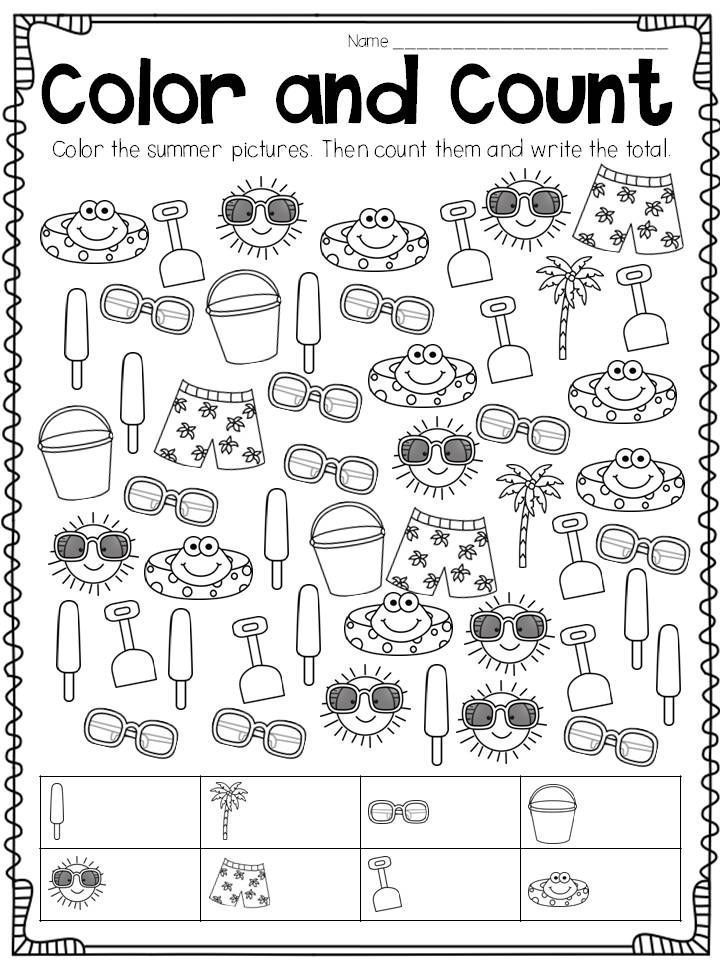 Who should be our graduate? First of all, having mastered the basic cultural methods of activity, showing initiative and independence in different activities - play, communication, cognitive research activities, design, etc., which has formed prerequisites for educational activity. Therefore, before us, teachers, it becomes relevant search for such forms and methods of working with children that will help a preschooler become successful, first in kindergarten, then at school.
Who should be our graduate? First of all, having mastered the basic cultural methods of activity, showing initiative and independence in different activities - play, communication, cognitive research activities, design, etc., which has formed prerequisites for educational activity. Therefore, before us, teachers, it becomes relevant search for such forms and methods of working with children that will help a preschooler become successful, first in kindergarten, then at school.
The main task of the educator is to arouse interest in knowledge, and interest gradually develops the skills of mastering knowledge, then this the process turns into a need for systematic mental activity.
At preschool age, the foundations of knowledge are laid, necessary for the child at school. Mathematics is a complex science which can cause certain difficulties during schooling. TO In addition, not all children have inclinations and have a mathematical warehouse mind, therefore, when preparing for school, it is important to form the foundations for the child mathematical representations.
Mathematical development of preschoolers means qualitative changes in the cognitive activity of the child, which occur as a result of the formation of elementary mathematical representations and related logical operations.
Teaching children mathematics in senior preschool age contributes to the formation and improvement intellectual abilities: the logic of thought, reasoning and action, flexibility of the thought process, ingenuity and ingenuity, development creative thinking.
Precision and rigor of mathematics as a science should in no way result in the dryness of its presentation to children. That's why it is necessary to widely use the game form of learning, which contributes to development of children's interest in mathematics, more emotional perception stingy mathematical laws and qualitative assimilation of these laws.
To increase the level of mathematical development, activity of children, to develop their interest in mathematics, you need to use entertaining material: puzzles, mazes, didactic games, sheets with tasks for self-fulfillment, hand-made manuals for individual lessons with children.
Logic games of mathematical content educate the child has a cognitive interest, the ability to creative search, desire and the ability to learn. Entertaining math problems contribute to the child's the ability to quickly perceive cognitive tasks and find the right ones for them solutions. The child begins to understand that for the correct solution of the logical tasks need to be focused.
Smart tasks, puzzles, entertaining games are of great interest to the child. Children can, without being distracted, for a long time exercise in the transformation of figures, shifting sticks or other objects along model, according to his own design. In such classes, important qualities are formed personality of the child: independence, observation, resourcefulness, ingenuity, perseverance is developed.
A special place for the developing environment of kindergarten groups be assigned to the center of entertaining mathematics - this is specially allotted, thematically equipped with games, manuals and materials, and a certain artistically designed place. You can organize it using the usual items of children's furniture: a table, a wardrobe, a secretary, providing free access of children to the materials located there. To these same children they are given the opportunity to choose the game they are interested in, a manual of mathematical content and play individually or together with other children, a small subgroup.
The Center for Recreational Mathematics is not only the possibility of providing children with materials for creativity and opportunities to act with them at any moment, but also the atmosphere in the team. She is woven from a sense of external security when the child knows that his manifestations will not receive a negative assessment of adults, and feelings of inner looseness and freedom due to the support of adults for his creative endeavors.
Tasks "Center for Entertaining Mathematics" :
elementary mathematical activity. Development of qualities and properties personality of the child, necessary for the successful mastery of mathematics in further: purposefulness and expediency of search actions, desire to achieve a positive result, perseverance and resourcefulness, independence.
2. Teaching children the need to occupy their own free time is not only entertaining, but also requiring mental tension, intellectual effort games. entertaining math material in the preschool and subsequent years should become a means organization of useful leisure, to promote the development of creativity.
The creation of the center is preceded by the selection of game material, which is determined by the age capabilities and level of development of children groups. A variety of entertaining material is placed in the center, so that so that each of the children could choose a game for themselves. These are board games. games for the development of logical thinking, leading children to the development of checkers and chess, puzzle (stick and mechanical) ; logical tasks and cubes, labyrinths; games to compose a whole from parts, to recreate silhouette figures from special sets of figures; movement games.
When organizing a center for entertaining mathematics, one must proceed from the principles of the availability of games for children at the moment, put in the corner such games and game materials, the development of which by children is possible on different level. From the assimilation of the given rules and game actions, they move on to inventing new games.
To stimulate collective games, creative activities of preschoolers, it is necessary to use magnetic boards, flannelographs with a set of figures, counting sticks, sketchbooks tasks invented by them, composed figures.
During the year as children master games their types should be diversified, more complex games should be introduced with a new entertaining material.
In the game, the child acquires new knowledge, skills, skills. In didactic games, it is possible to form new knowledge, introduce children to ways of doing things. Their main purpose is to exercise children in distinguishing, highlighting, naming sets of objects, numbers, geometric shapes, directions, etc. Each of the games solves a specific the task of improving mathematical (quantitative, spatial, temporary) representations of children.
Mathematical games are games in which mathematical constructions, relationships, regularities. To find an answer (solutions like as a rule, a preliminary analysis of the conditions, rules, content of the game or tasks. In the course of the solution, the use of mathematical methods and inferences or the like.
Preparatory group children search or by a combination of mental and practical trials, or only mentally. All this gives grounds for asserting the possibility of involving preschoolers in in the course of solving entertaining tasks to the elements of creative activity. At children are formed the ability to search for solutions through assumptions, to implement samples of different nature, guess.
Availability of relevant material in the group allows not only to stimulate the initially inherent in preschoolers curiosity, but also to develop their cognitive interests further.
So, to objects for research in real action experts refer to a wide range of materials, from specially developed to natural and cultural:
• Material for sensory development (puzzles, mosaics, pyramids, lacing, etc. )
• Natural objects (collections of minerals, seeds, playing with sand and water, etc.)
• Cultural objects (magnifying glass, scales, thermometer and etc.)
To implement the principle of visibility during FEMP specially created manuals are used (figurative and symbolic materials) :
• Sets of pictures with images (geometric shapes, household items, animals, plants, etc.)
• Cut-out pictures, folding cubes, puzzles
• Paired pictures for comparison
• Stories in pictures
• Variety of toys (3D and flat figurines of animals, sets of dummies of vegetables, fruits, etc.)
images in the form of diagrams, drawings, maps, globes, etc.
• Collection material (collection stamps, coins, etc.)
and numerical characters: a set of numbers and letters, alphabetic tables.
There are a number of proprietary techniques that are successfully are used in the construction of work by teachers of preschool educational institutions.
- Gyenes blocks
The main purpose of using didactic material: teach how to solve logical problems on partitioning by properties; familiarize children with geometric shapes and shape of objects, size; assimilation elementary skills of algorithmic culture of thinking; development of cognitive processes of perception of memory, attention, imagination; development of creative abilities.
- Kuizener's sticks
Allow to model numbers, properties, relationships, dependencies between them using color and length. Purpose of use sticks Kuizener : development of the ability to group objects by color and size; mastering the methods of measurement using a conditional measure; development of quantitative ideas, the ability to distinguish between quantitative and ordinal count, establish equality and inequality of two groups of objects; development of the ability to distinguish and name in the process of modeling geometric figures, silhouettes, objects and others.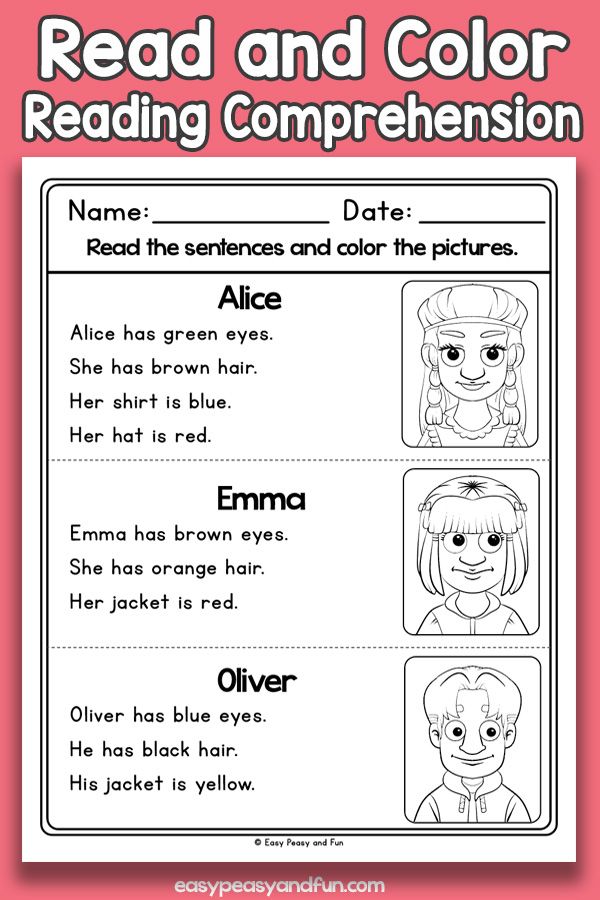
- Educational games by Voskobovich
Educational games are relevant for children from two years and older. The game can start with elementary manipulation elements and end with the solution of complex multi-level tasks.
Voskobovich's games also take into account the interests of the child. Children in the course of an exciting game process make new discoveries and get emotional satisfaction from their tasks. Majority educational games are accompanied by special teaching aids with illustrated fairy tales in which you need to complete interesting tasks or answer questions.
Geocont
Construction game Geocont presented in the form of a plywood board with carnations, which are located on it in a certain sequences. The game comes with a set of colored rubber bands and an illustrated a manual containing creative tasks of various levels of complexity. Children are not they just do tasks, but travel with baby Geo, help him with constructing multi-colored geometric shapes to overcome various obstacles in the Purple Forest.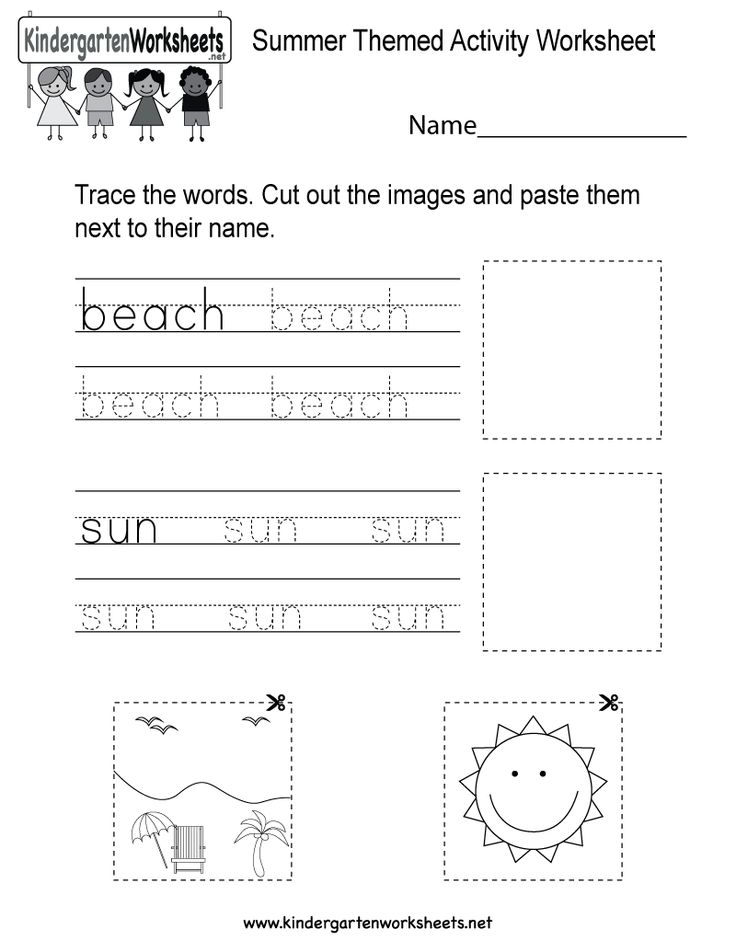 The manual describes the schemes of drawings, which in the result should be obtained in children.
The manual describes the schemes of drawings, which in the result should be obtained in children.
Voskobovich Square
This game is also called Maple Leaf , Eternal Origami , Klondike , Transformer Square and etc. "Voskobovich Square" consists of 32 multi-colored triangles glued on a flexible fabric base and located on a certain distance from each other. "Voskobovich Square" possible easy to transform, creating a variety of voluminous and flat figure : airplane, candy, crow house, etc. These figures can be collected according to proposed schemes or come up with your own images.
- Games according to the Nikitin method
Nikitin's educational games are aimed at development logical and figurative thinking. They are presented in the form of puzzles, aimed at recognition and completion of images.
The main difference between Nikitin's games is that, when playing in them, the child acts as an active side and he is brought up not the ability to perform work according to the proposed template, and develops a logical and figurative thinking, creativity, the ability to recognize and build an image, the ability to independence.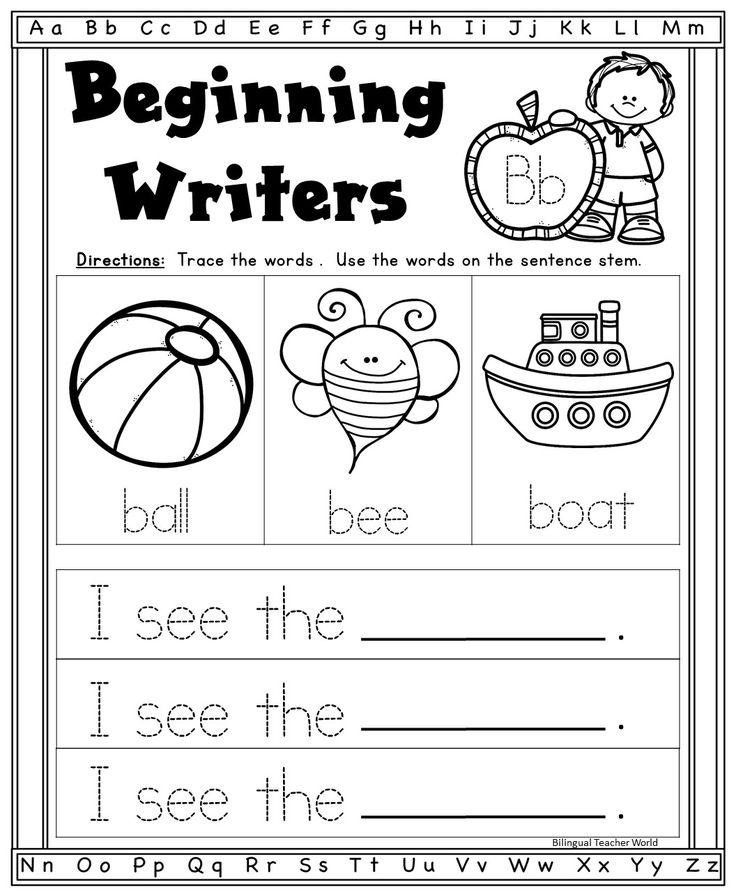
“Fold the Pattern”
Consists of 16 wooden cubes (rib size 3 cm, where each face has its own color. Cubes must be in box. First, look at the cubes together with the child, name the color of the side cubes, fold a solid track, and then make it colored. Promotes the development of spatial imagination, attention, ability analyze and combine.
Unicube
Consists of 27 wooden cubes. Bring the child into the world three-dimensional space. The game teaches to be attentive and accurate.
Mathematical entertainment refers to : puzzles, rebuses, labyrinths, spatial transformation games, etc. They are interesting in content, entertaining in form, different unusual solution, paradoxical result.
For example : puzzles can be arithmetic (guessing numbers), geometric (paper cutting, wire bending), alphabetic (anagrams, crosswords, charades) . There are puzzles designed only for the game of fantasy and imagination.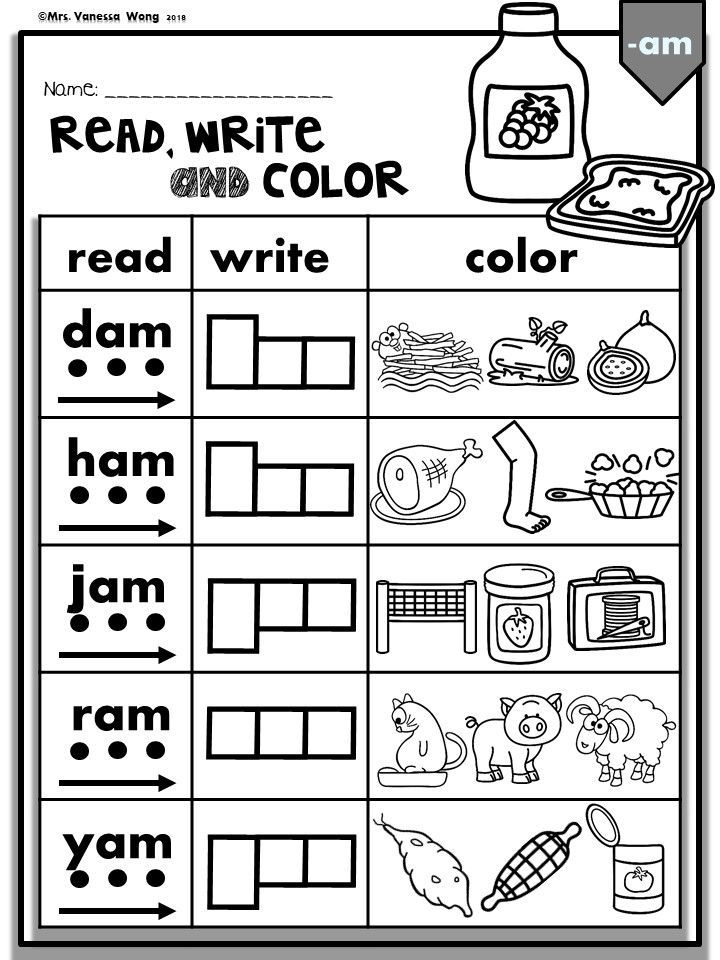
Of the variety of puzzles, the most acceptable at senior preschool age, puzzles with sticks. They are called tasks of ingenuity of a geometric nature, since in the course of solving, both as a rule, there is a transfiguration, the transformation of some figures into others, and not only change in their number.
At preschool age, the most simple puzzles. To organize work with children, you must have sets of ordinary counting sticks for compiling visually presented puzzle tasks. In addition, tables with graphically depicted on them with figures that are subject to transformation. On the back of the tables it is indicated which transformation should be done and which figure should get as a result. From solving puzzle problems with the help of a teacher (on based on partial prompts, use of leading questions, confirmation partial solution), children move on to fully independent rapid problem solving.
Riddles, joke problems and entertaining questions meet children with extraordinary enthusiasm.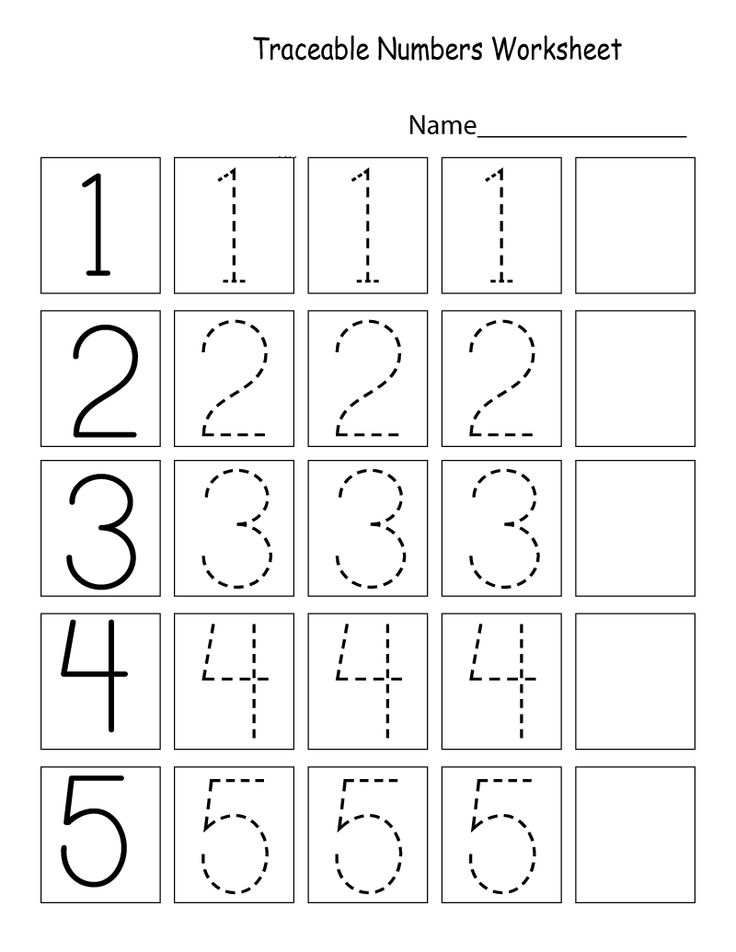 They are capable activate the mental activity of the child, develop the skills to notice main and essential properties, separating them from secondary ones.
They are capable activate the mental activity of the child, develop the skills to notice main and essential properties, separating them from secondary ones.
Joking tasks are entertaining game tasks with mathematical meaning. To solve them, you need to show more resourcefulness, ingenuity, understanding of humor than knowledge in mathematics. The structure, content, question in these problems are unusual. They are only indirectly reminiscent of a math problem. The essence of the task, i.e. the main, thanks to which one can guess the solution, give an answer, masked by external secondary conditions.
Children are very active in perceiving joke tasks, puzzles, logical exercises. They are persistently looking for a solution that leads to a result. In the event that an entertaining task is available child, he develops a positive emotional attitude towards her, which stimulates mental activity. The child is interested in the final goal : fold, find the right shape, transform, which captivates him.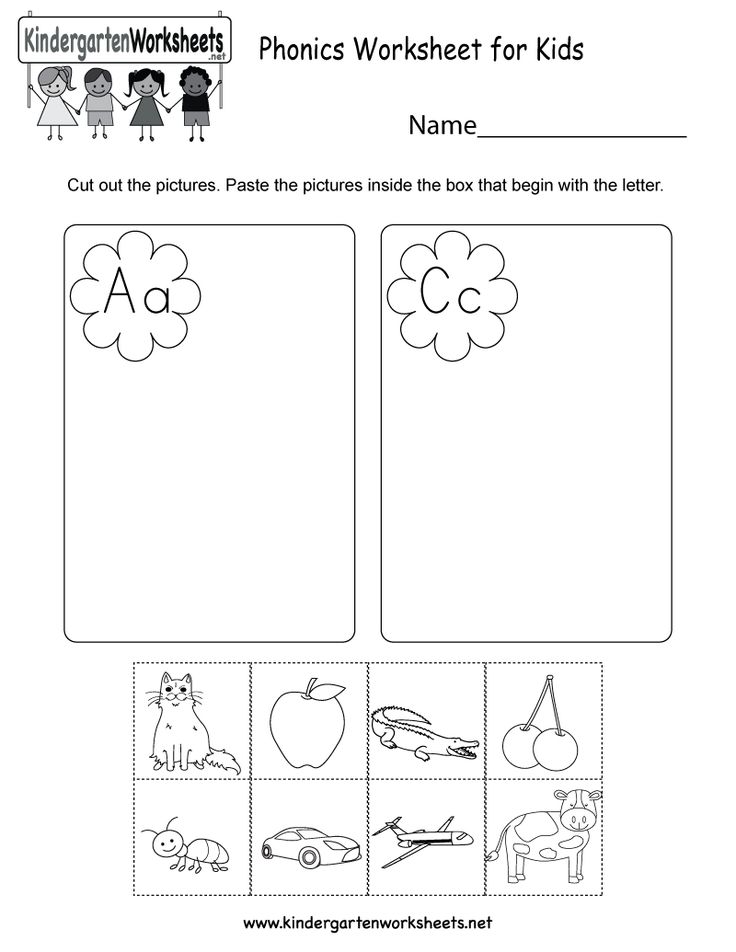
Joking tasks can create a favorable emotional background, cheer up.
Mathematical riddles are intricate questions or descriptions of some subject, phenomena that the child must guess. Since riddles are mathematical, then they will definitely contain numbers, it will be necessary to produce computing actions.
In riddles of mathematical content an object is analyzed from a quantitative, spatial, temporal point view, the simplest mathematical relations are noticed.
A special place among mathematical entertainment occupy games for compiling planar images of objects, animals, birds, houses, ships from special sets of geometric shapes. The sets of figures are not chosen arbitrarily, but are parts of a figure cut in a certain way: a square, a rectangle, a circle or oval. They are interesting for children and adults. Children are fascinated by the result - compose seen on the sample or conceived. They are included in the active practical the activity of selecting the method of arranging the figures in order to create a silhouette.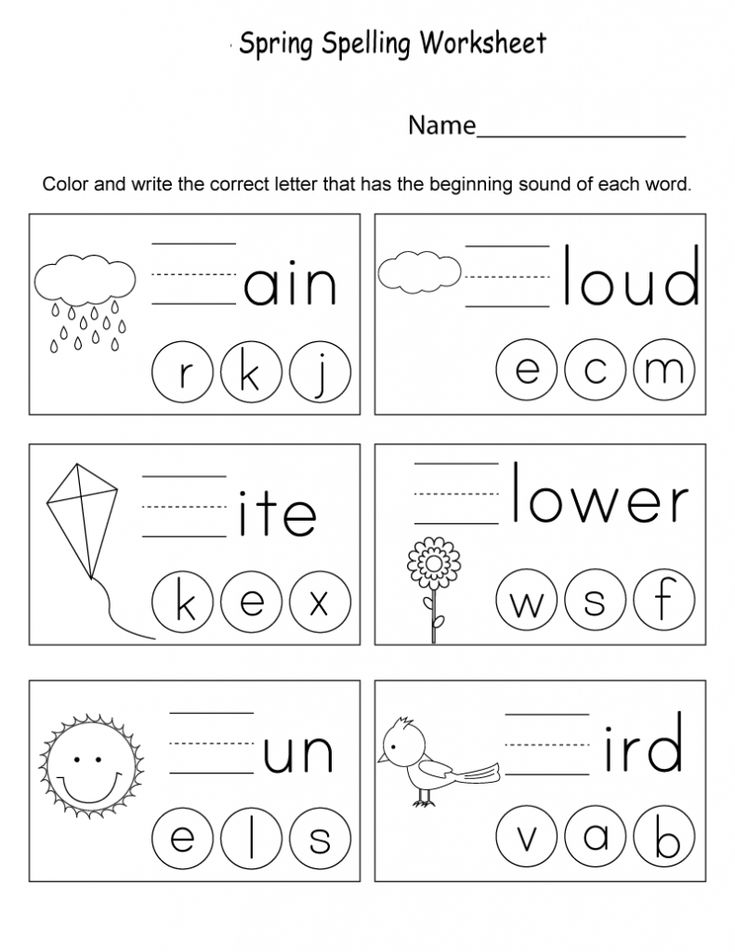
Tangram Game, Columbus Egg , Magic circle , Mongolian game , Vietnam game , Pentamimo and other
To successfully prepare children for schooling not only certain knowledge is required, but also the ability to consistently and think logically, guess, mentally strain.
And precisely tasks for ingenuity, puzzles, logic games teach children to plan their actions, think about them, look for an answer, guess the result, while showing creativity.
Such work activates mental activity child, develops in him the qualities necessary for professional skill, no matter what area he then worked.
During games and exercises with entertaining Mathematical material children master the ability to search for solutions on one's own. The educator equips children only with a scheme and direction analysis of an entertaining problem, leading to the final result decision (correct or erroneous) . systematic exercise in solving problems in this way develops mental activity, independence thoughts, creative attitude to the educational task, the initiative of children.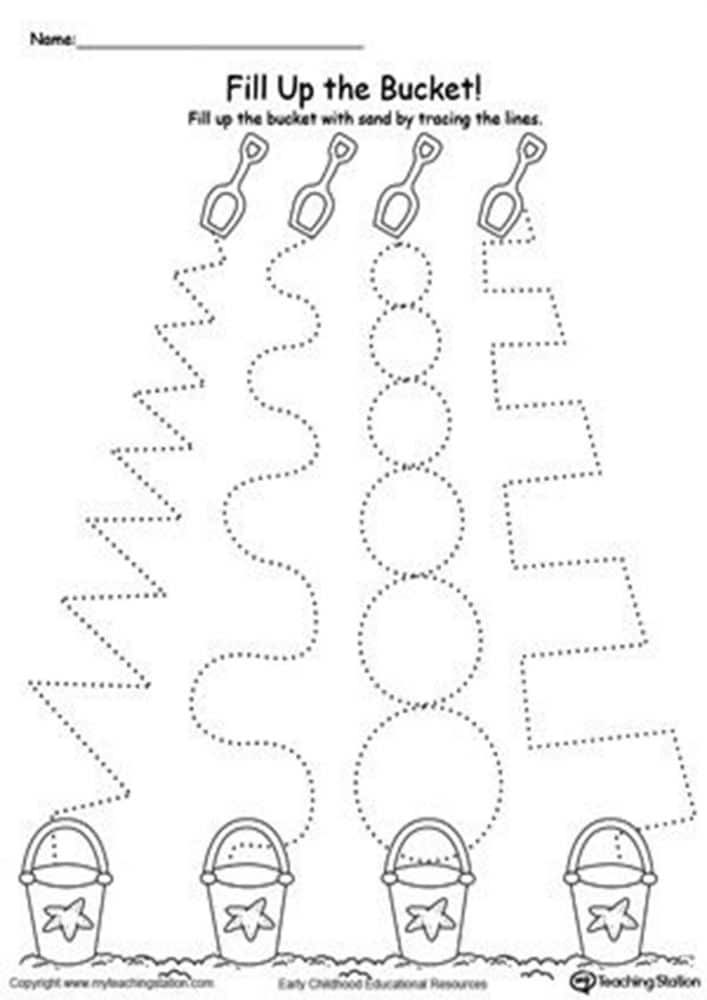
A child should not draw on his knowledge of mathematics not only from kindergarten math classes, but also from my daily life, from observations of the phenomena of the world around him. Here in the first place the child's parents come out. The help of parents who wish to contribute is invaluable. their contribution to the development and upbringing of their own child. Joint search problem solving helps organize learning for children and adults that does not only contributes to a better assimilation of mathematics, but also enriches the spiritual world child, establishes connections between elders and younger, necessary for them in further to solve life's problems.
Parents should be reminded that compulsory education useless and even harmful. Tasks must begin with Suggestions: "Shall we play?"
Discussion of assignments should begin when the child is not very excited and is not busy with any interesting business: after all, he they offer to play, and the game is voluntary!
Practice with using entertaining material develops in children the ability perceive cognitive problems, find new ways of solving them.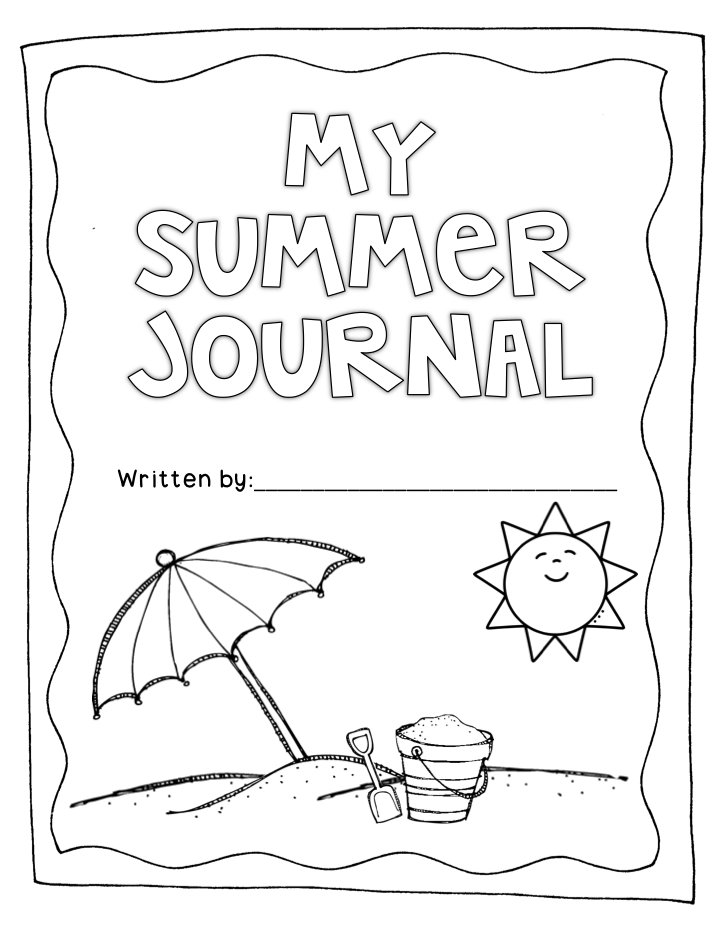
Children begin to realize that in each of entertaining tasks concluded some trick. Find her without concentration and reflection is impossible.
Mathematical games help to educate children's cognitive interest, the ability to research and creative search, desire and ability to learn. Entertaining tasks, games, puzzles contribute to the formation and development such personality traits as purposefulness, perseverance, independence. Performing practical actions using entertaining material develops in children the ability to perceive cognitive tasks, to find new solutions for them.
Entertaining mathematical material is a good means of educating children already at preschool age of interest in mathematics, logic and evidence of reasoning, the desire to show mental tension, to concentrate attention to the problem.
Thus, didactic games and game exercises of mathematical content - the most famous and frequently used in modern practice of preschool education, types of entertaining mathematical material.